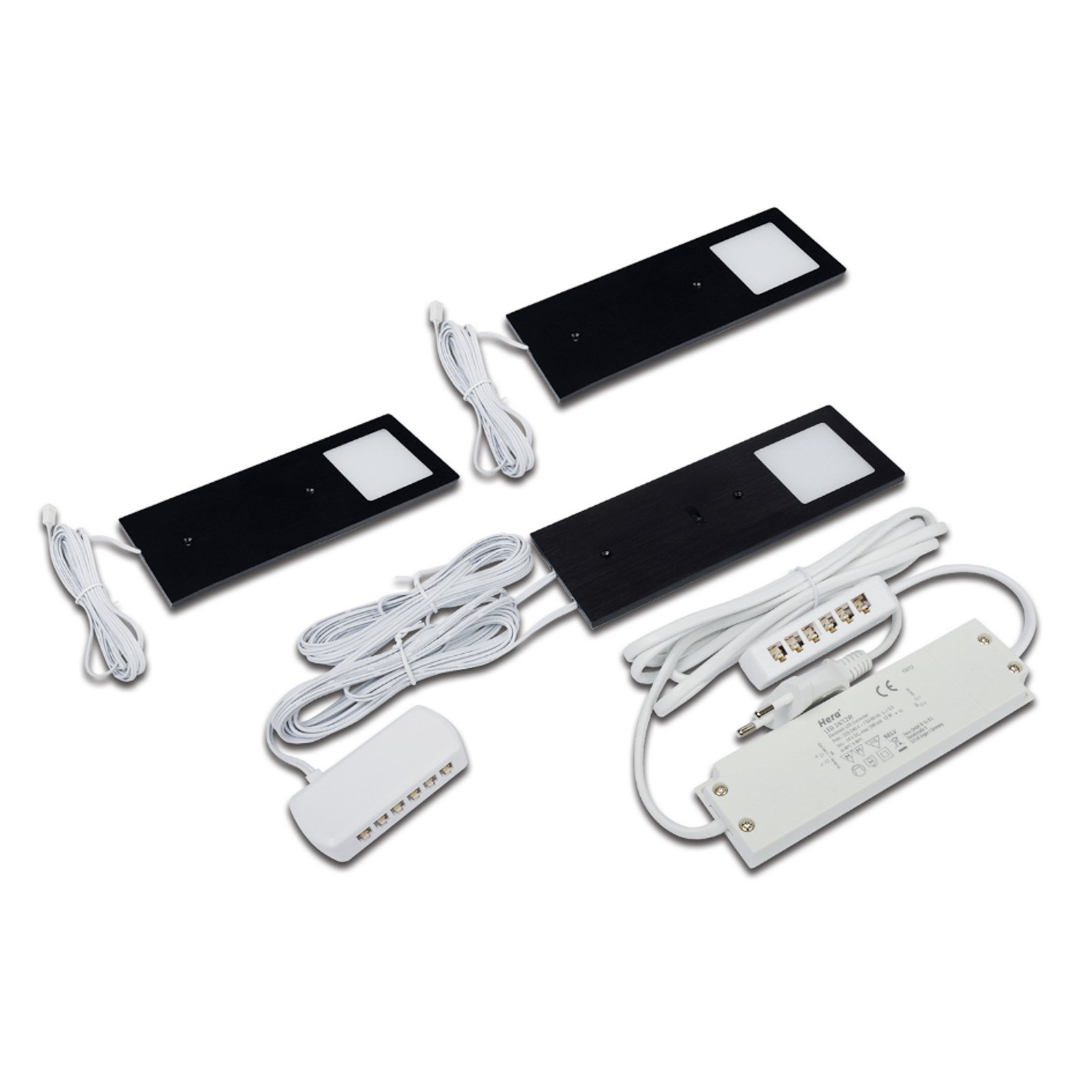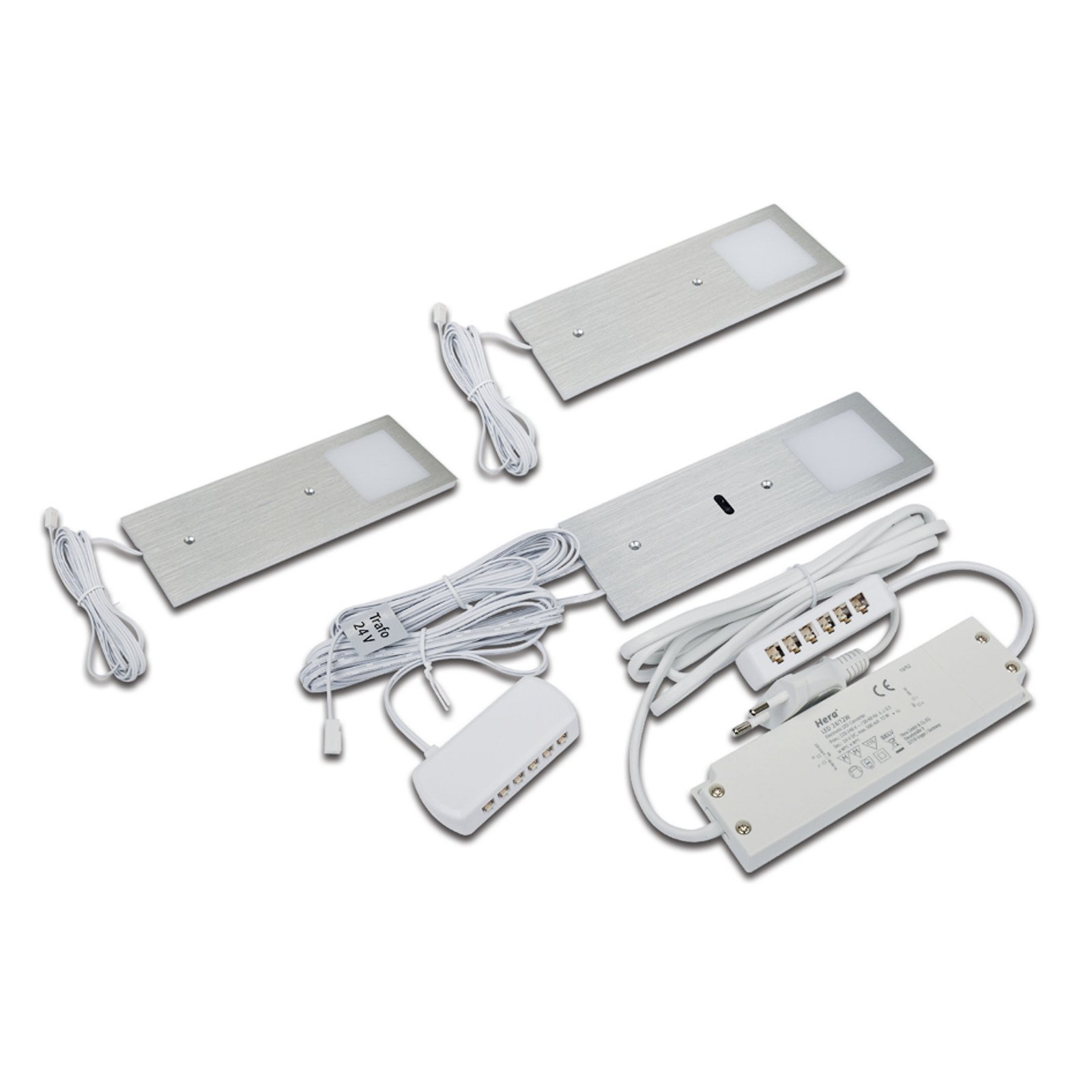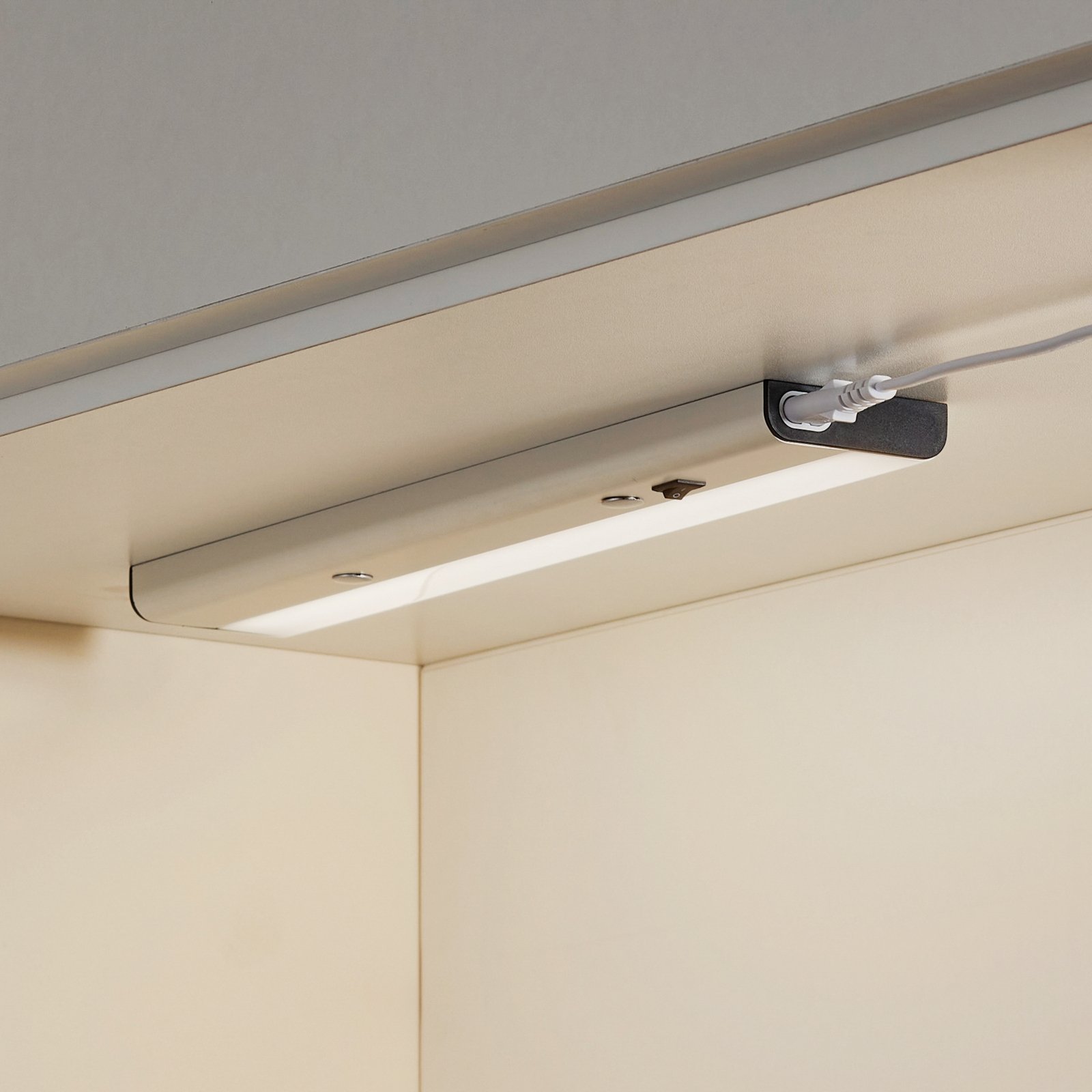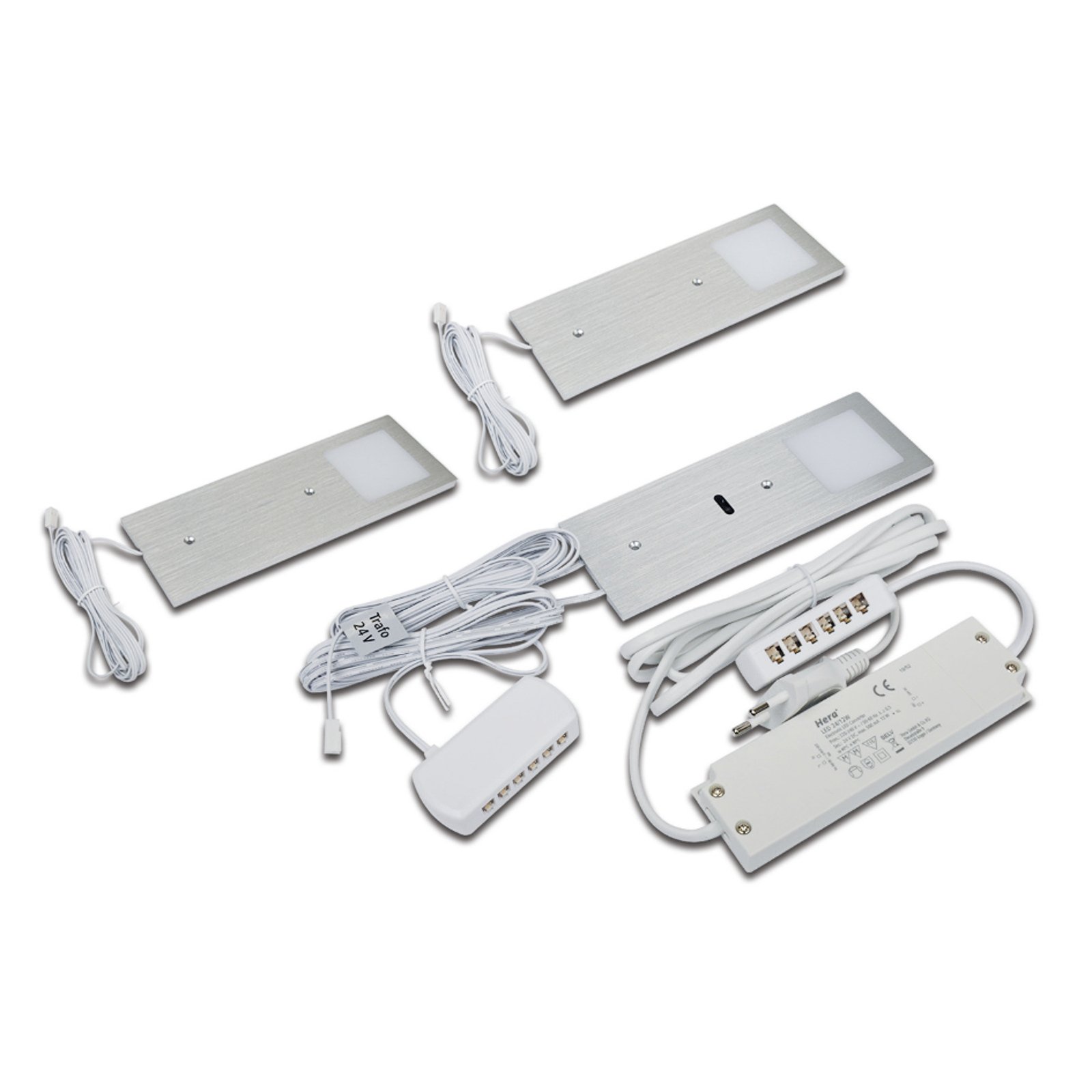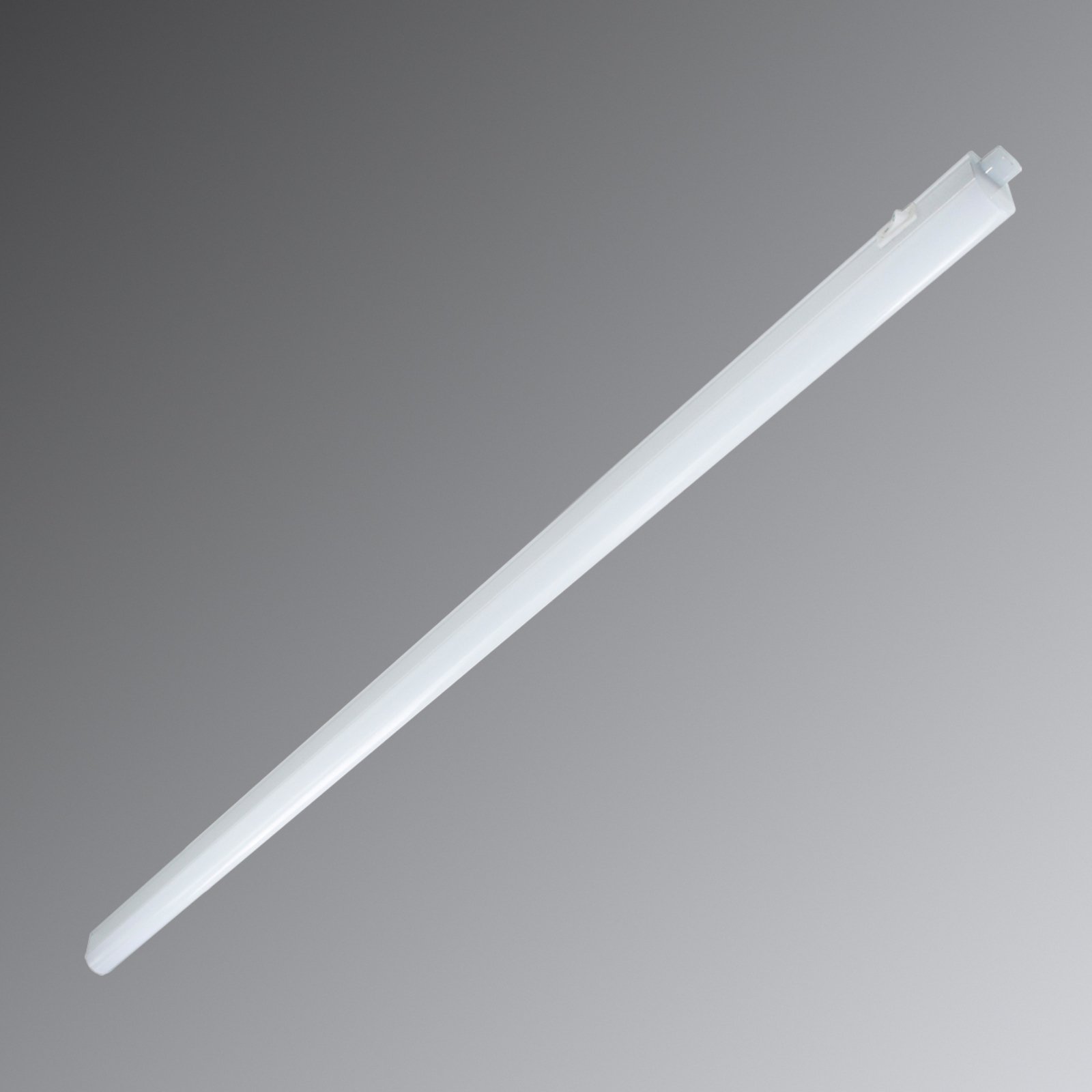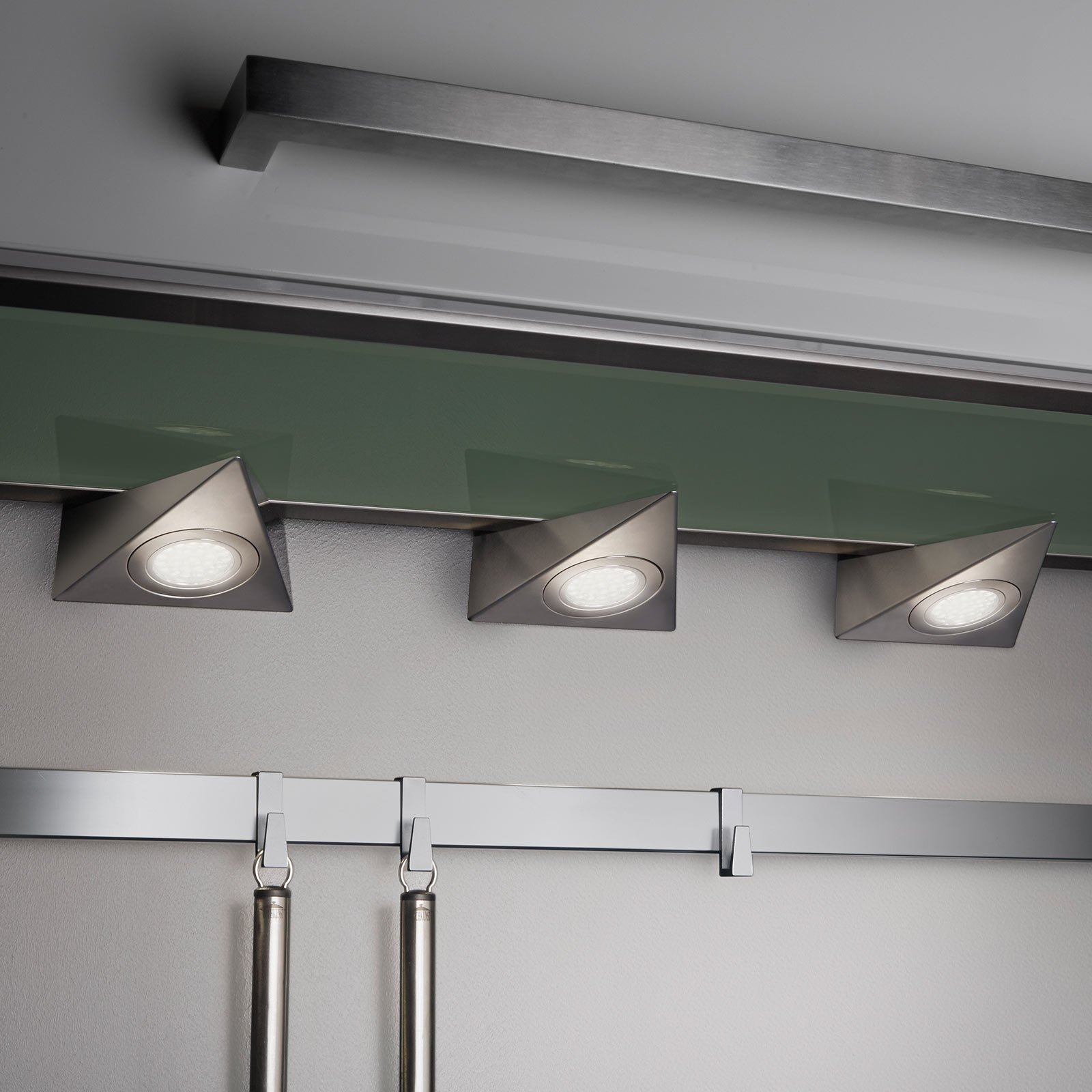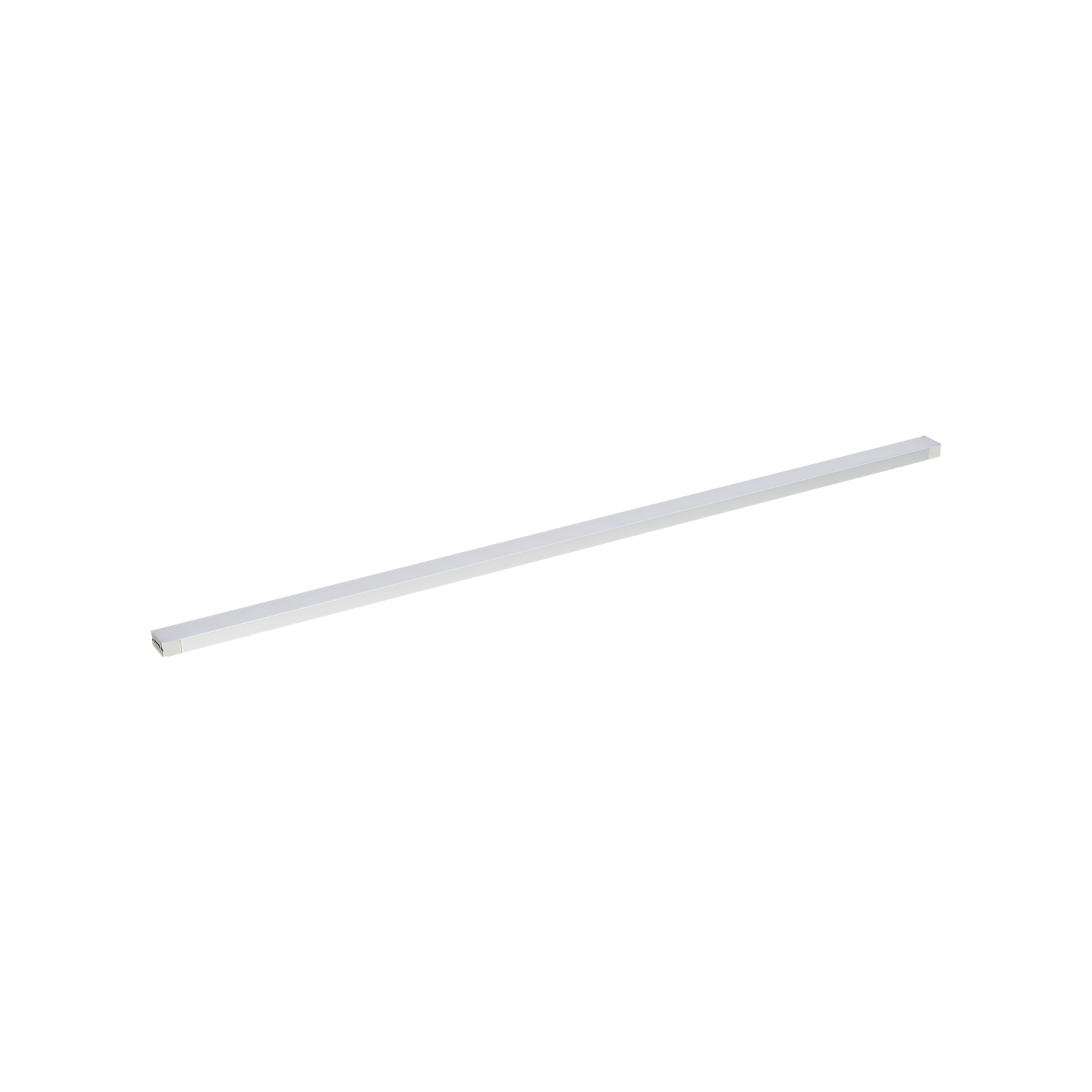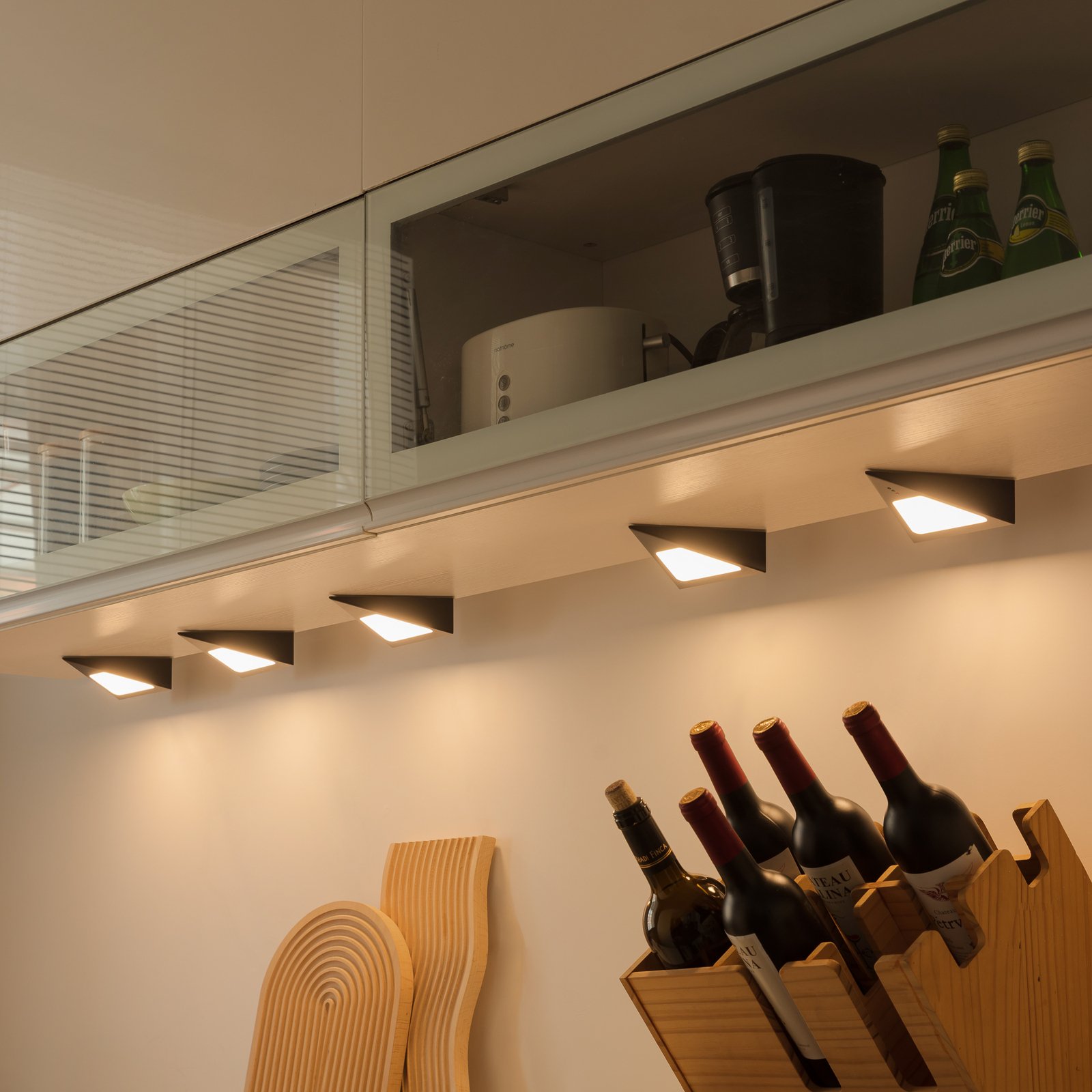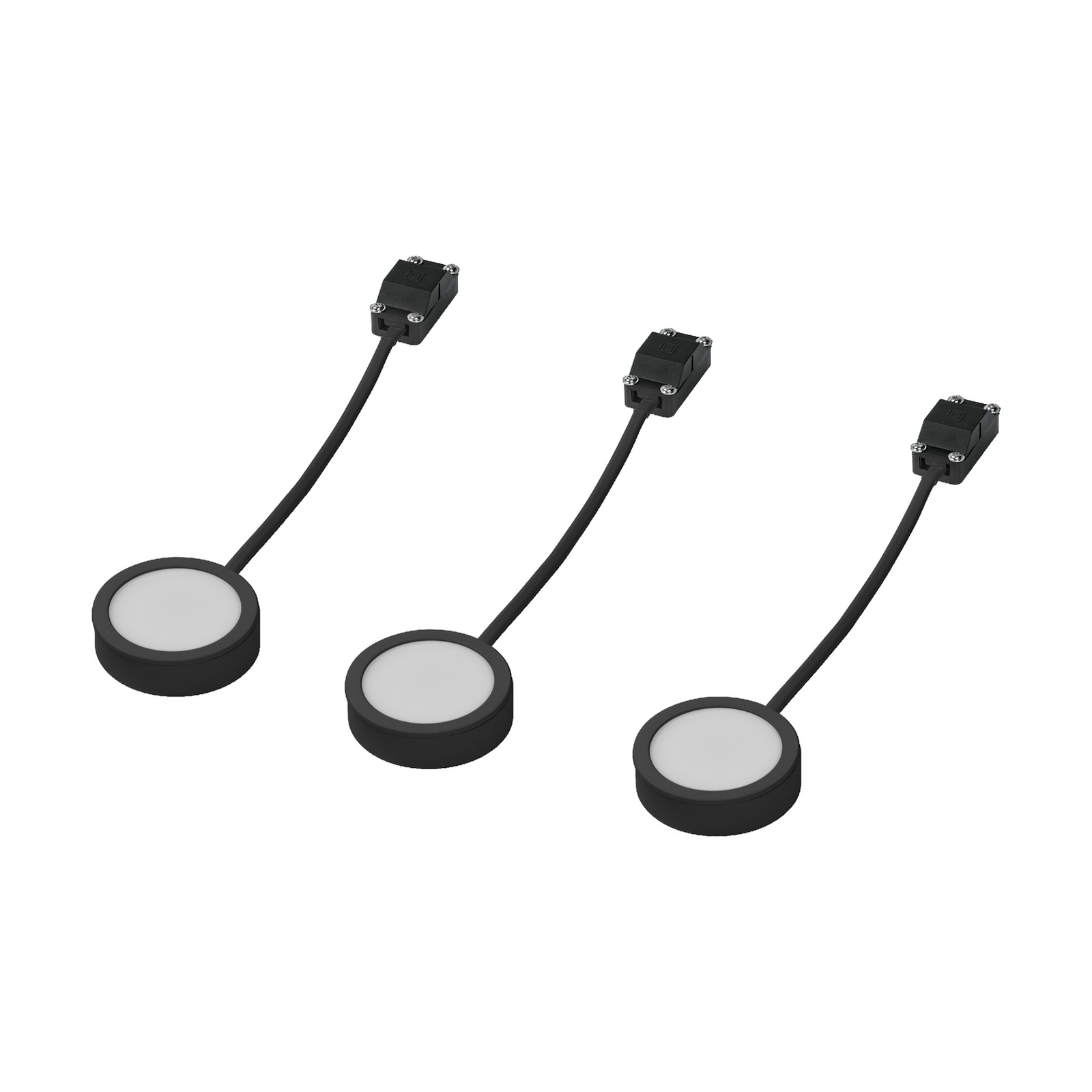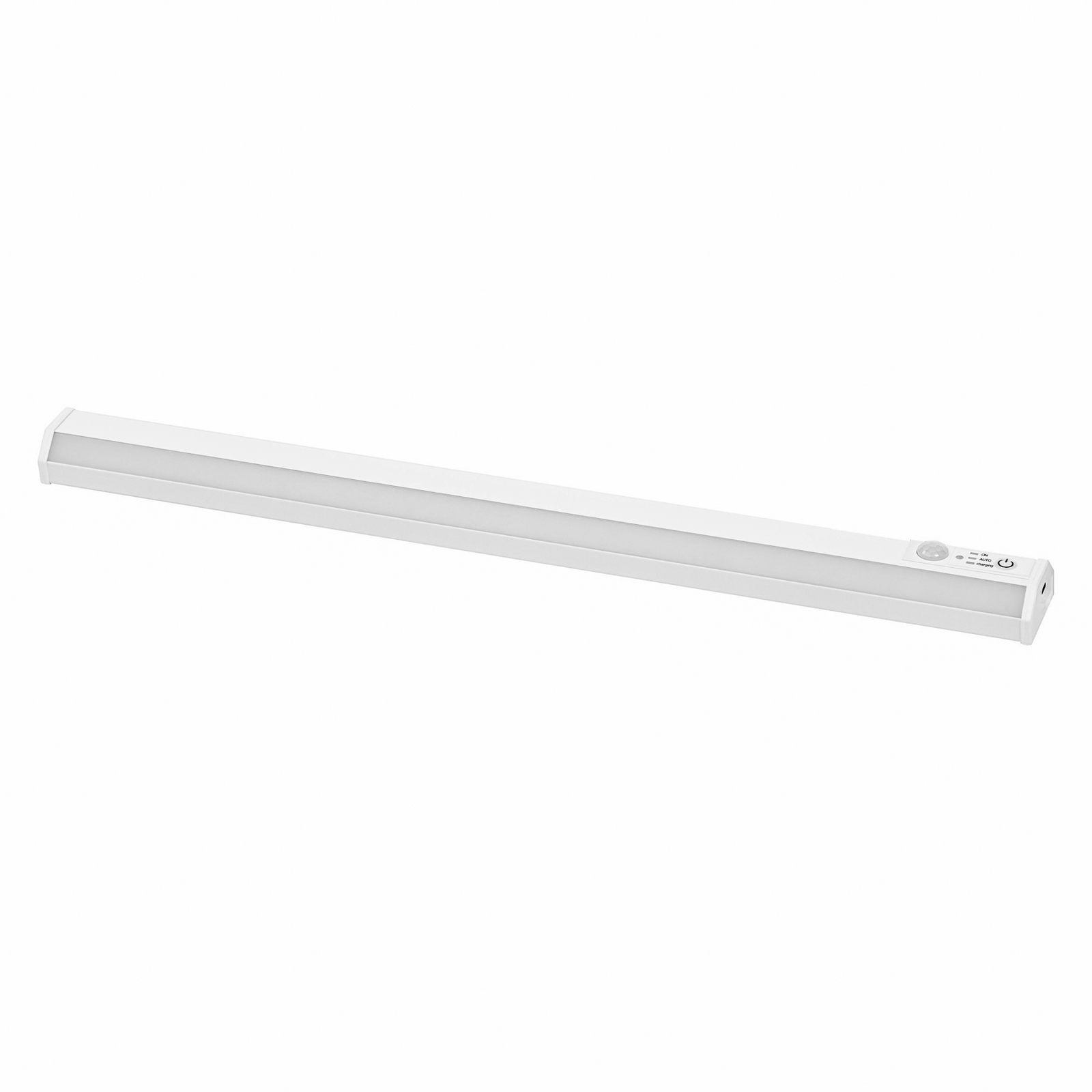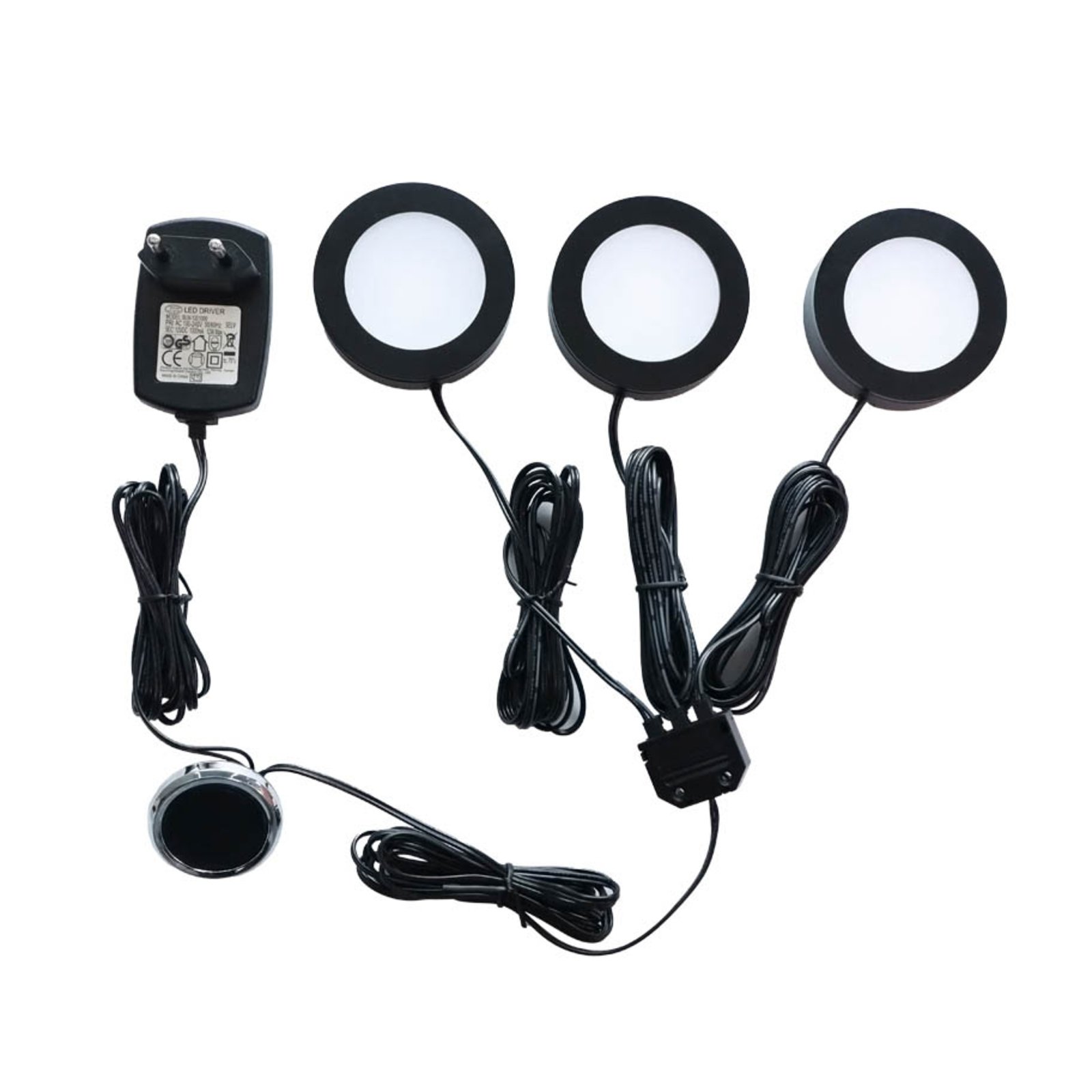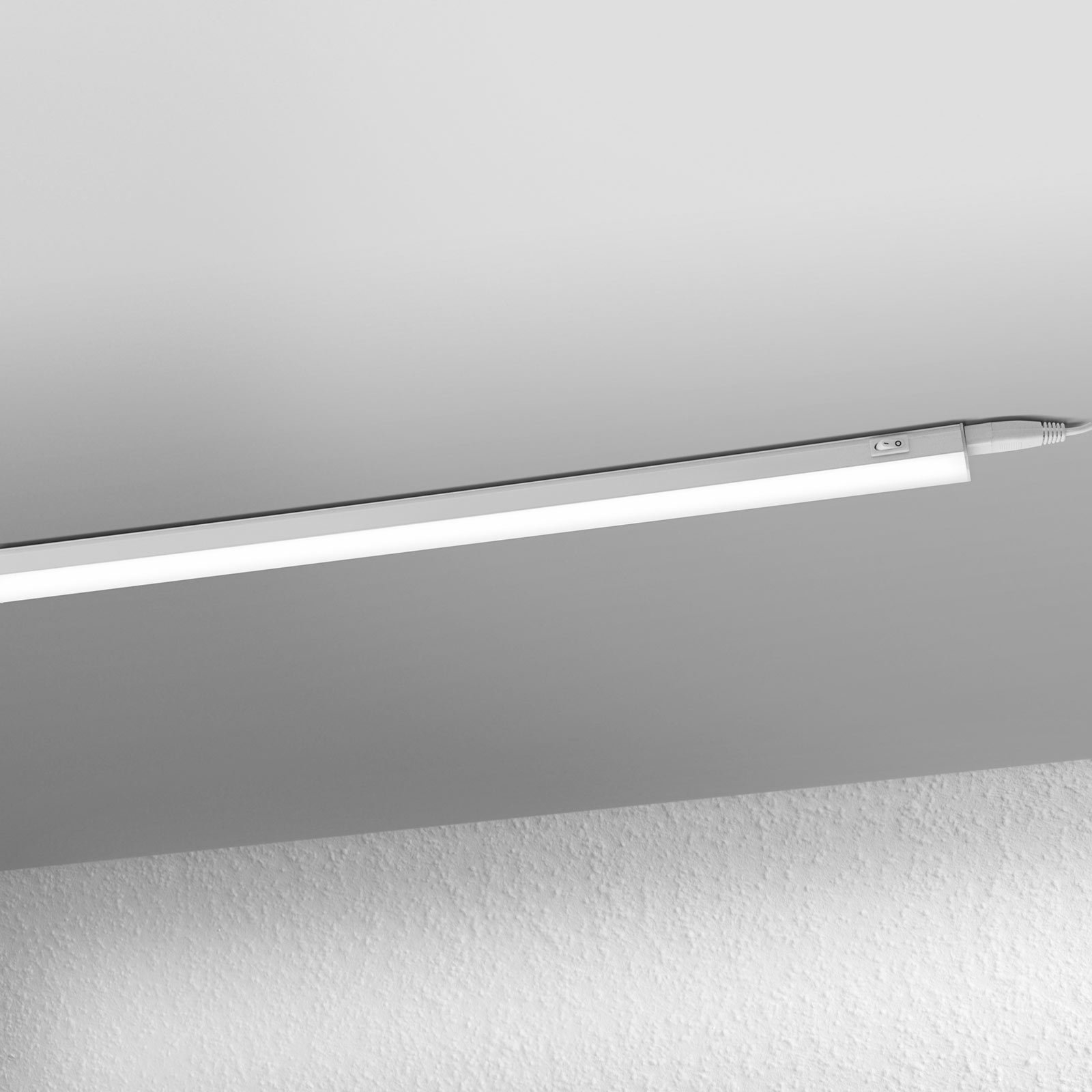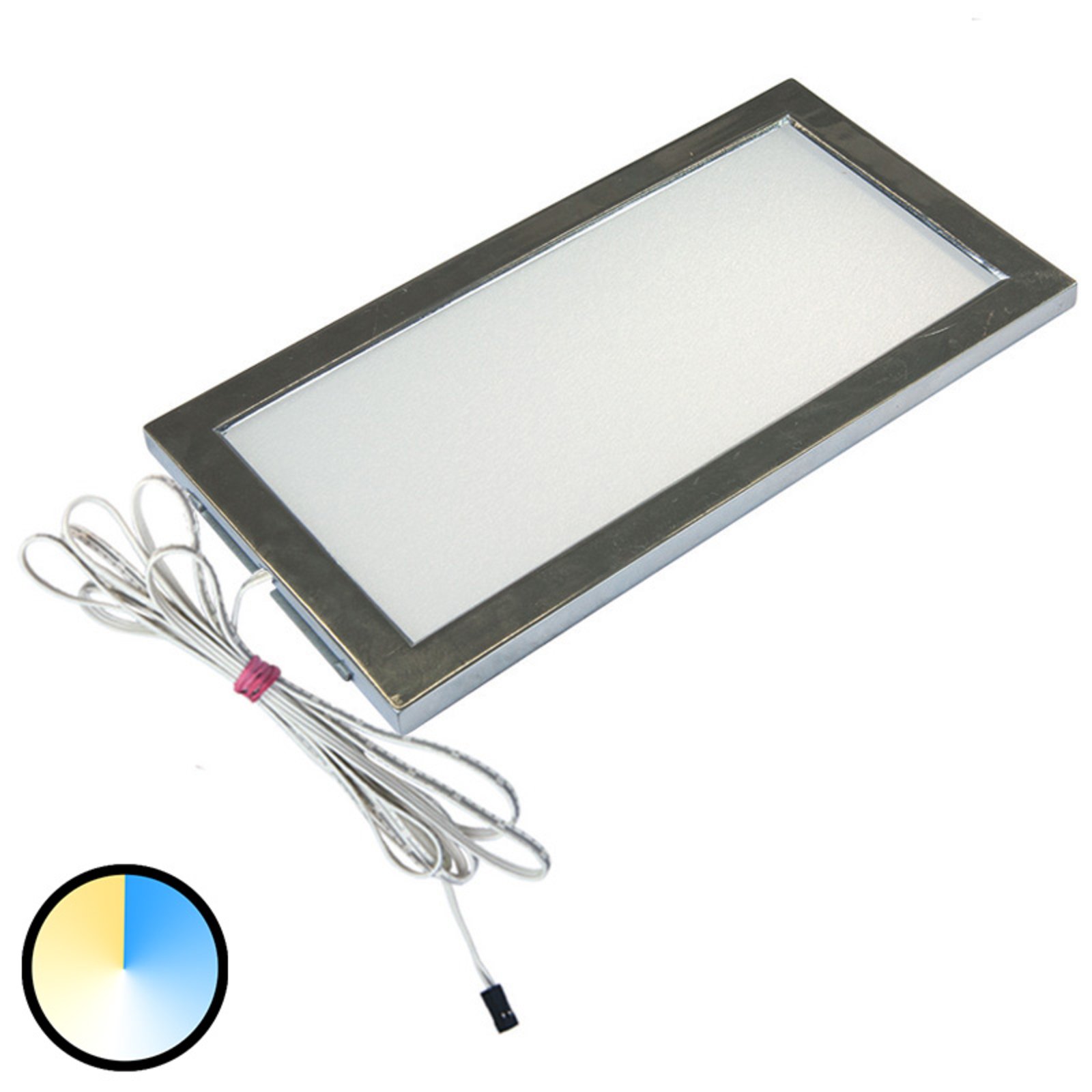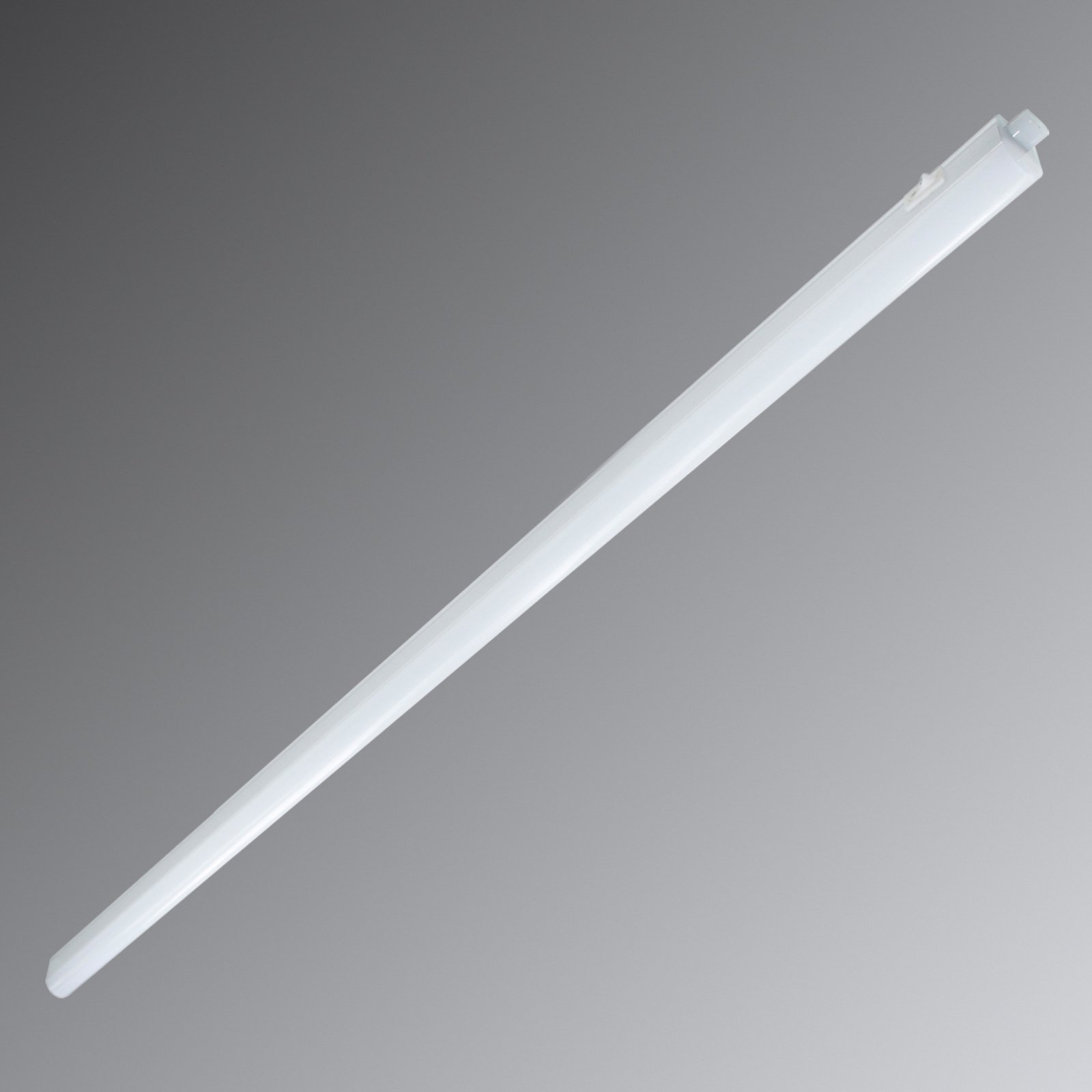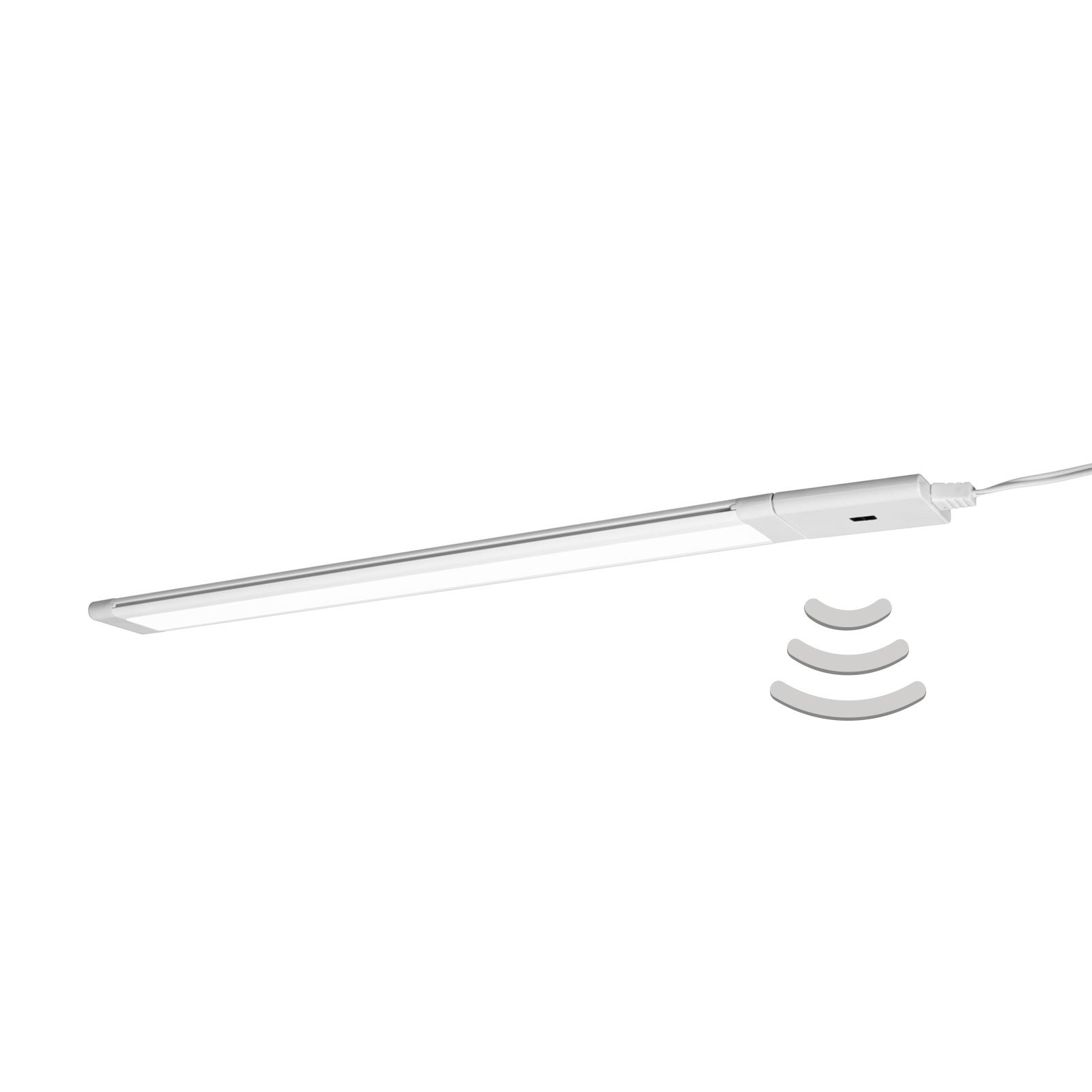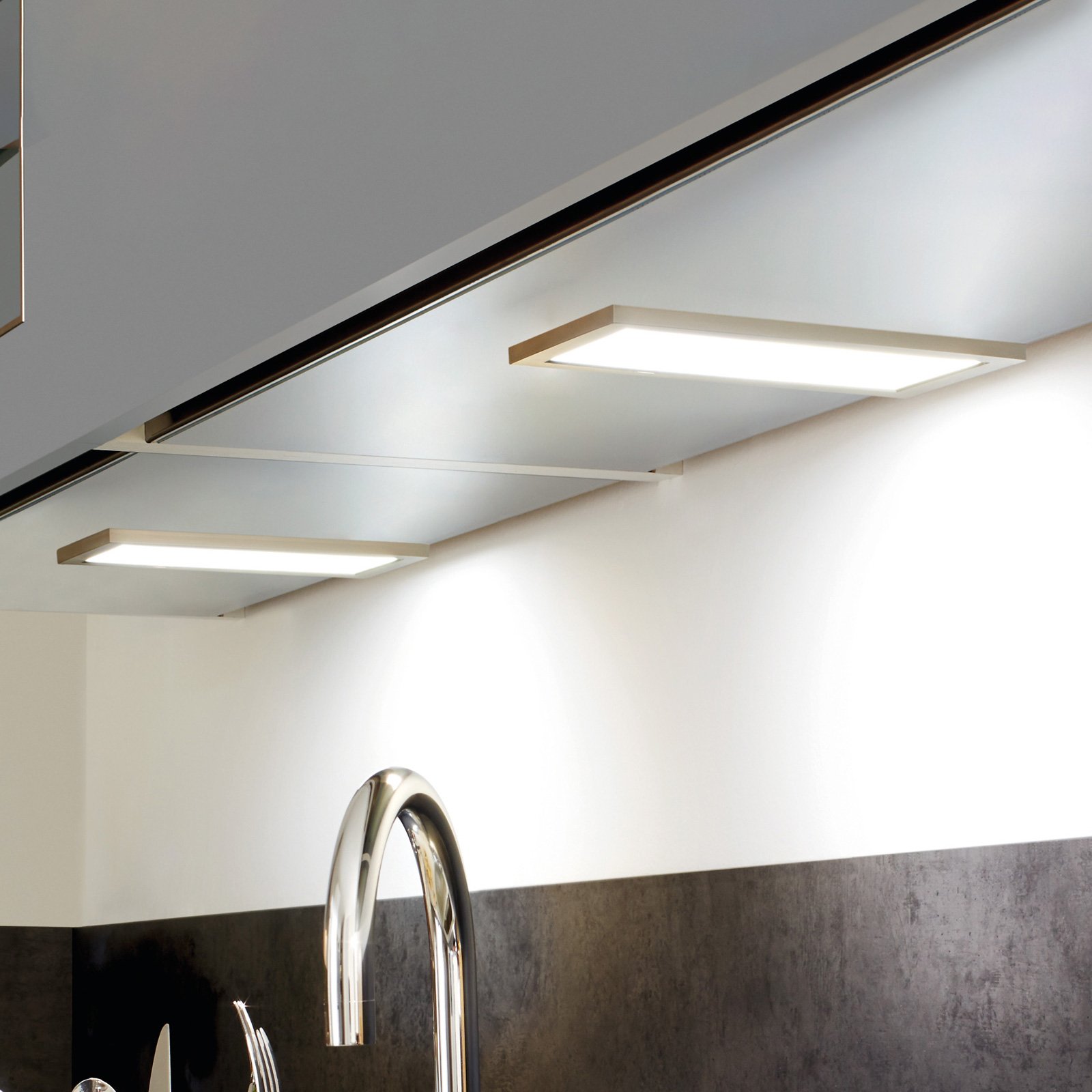- 50 days free returns
- Rated “Great” on Trustpilot
- The UK's largest selection of brands
Buying advice for under-cabinet lights: Invisible helpers for your kitchen worktop
Is it too dark to cut vegetables on the worktop under the kitchen cupboard? You don't see soup in the pot, but a black hole? And that despite the ceiling light being on? Then you have the typical kitchen light problem.
But because thousands of other homeowners have exactly the same problem, there is a convenient, quick solution: Under-cupboard lights.
Types of under-cabinet lights: The right solution for every kitchen
If you want to provide better lighting in your kitchen, there is a wide range of kitchen lighting suitable for different needs and kitchen styles. Whether you're looking for a powerful solution for your worktops or prefer subtle, atmospheric light, here are the main types of under-cabinet lights you should consider.
Standard LED under-cabinet lights: Versatile and durable
Modern LED under-cabinet lights are the standard choice for modern kitchens. They offer excellent light quality and are available in various designs and sizes that fit perfectly under your wall units or shelves. A major advantage of LED under-cabinet luminaires is their flexibility. You can choose between models with switches, sensors or smart home integration - depending on how much convenience you want in your kitchen. Flat and compact designs ensure that they can be integrated unobtrusively into any kitchen design.
For a permanent and stable lighting solution, wired batten luminaires are the standard. They are connected directly to the mains supply and therefore provide uniform and uninterrupted lighting. These models are often more powerful and ideal if you spend a lot of time in the kitchen and need reliable lighting.
Models with an integrated socket or switch are particularly practical and offer you additional flexibility. When installing these lights, however, you should consider the position of the power connections to ensure invisible cable routing.
Advantages:
Choice of light colours (warm white, neutral white, cool white)
Various installation options (with switch, sensor or smart home integration)
Compact, space-saving designs
Flat under-cabinet lights: Space-saving and discreet
If you value a discreet LED look, flat under-cabinet lights for the kitchen are the perfect choice. These models are particularly thin and can be fitted almost invisibly under the wall units. Despite their small size, they provide even and sufficient lighting for your work surfaces.
Advantages:
Particularly space-saving and almost invisible
Uniform light distribution over the entire work surface
Wireless models: Flexible and easy to install
Light without cables under the wall unit is a practical solution for the kitchen if you don't have a direct power connection nearby or if installing a wired system proves difficult. They are battery-operated and can be easily mounted under wall units or shelves. This makes them particularly flexible and they can be installed quickly and without drilling. If you want even more convenience, you can choose a cordless LED under-cabinet kitchen light with a sensor.
These models are particularly popular in rented flats as they can be easily removed without leaving any traces. However, it should be noted that the batteries need to be changed or recharged regularly.
Advantages:
Easy to install, without cables or drilling
Ideal for rented flats
Flexible positioning
Disadvantages:
Battery must be changed regularly
Often less powerful than wired lights
The right light output for your under-cabinet lights
The right light output is crucial for optimum illumination of the work surface. A brightness of 400 to 800 lumens per metre is recommended, depending on light requirements and the colour of the work surface.
Light colour and colour temperature: warm white or cool white in comparison
The light colour influences the mood and functionality:
Warm white (2700-3300 Kelvin): Creates a cosy atmosphere.
Neutral white (3300-5300 Kelvin): Ideal for a clear view of work surfaces.
Cold white (over 5300 Kelvin): For bright, sterile and ultra-modern kitchens.
Choose the light colour that best suits your kitchen atmosphere. Mount the lights so that the light falls evenly on the work surface and does not cast any shadows. The best positioning is directly under the wall units to ensure even light distribution. When making your choice, also check the correct length in order to illuminate your work surface well.
Dimming function: customisable brightness for everyday use
With dimmable LED under-cabinet lights, you can adjust the brightness to suit your needs. This allows you to create a bright working environment or a cosy atmosphere for relaxed evenings in the kitchen. A under-cabinet light with dimmer is ideal for flexibly controlling the light intensity.
Sensor control and motion detector
Lights with sensor control or motion detector switch on automatically as soon as you approach. This function is particularly useful if you often work with your hands full and do not want to press the light switch every time. Perfect for lighting under the wall unit.
Remote control and smart home integration
Many modern LED under-cabinet lights can be controlled via a remote control or integrated into smart home systems. This means you can control the light from the comfort of your sofa or via voice control. Particularly practical if you want to synchronise several light sources in the kitchen.
Under-cabinet lights bring light into your kitchen
The correct installation of the under-cabinet lights, whether made of aluminium or stainless steel, is crucial to ensure even lighting of your worktop. Choose models that have additional spotlights to effectively illuminate dark corners. Many worktop lighting systems are offered as sets that contain all the necessary components for easy installation. Integrated spots can illuminate specific areas of your work surface.
The under-cabinet lamp for direct connection or socket operation
Under-cabinet lights can either be connected directly to the mains or operated via a socket. The direct connection offers a clean, permanent solution, but requires professional installation. Socket-operated models are easier to install and ideal if you don't want complex installations. LED under-cabinet lights with 230 V direct connection** are particularly powerful and reliable. These models are permanently connected to the mains supply and therefore provide a reliable, uninterrupted power supply without the need for separate power supply units or adapters.
The strike-through prices correspond to the manufacturer's RRP.
All prices include 20% VAT, delivery costs excluded.




































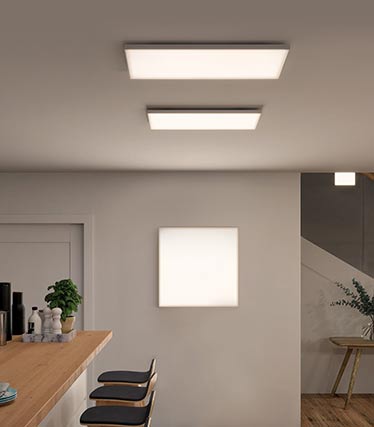









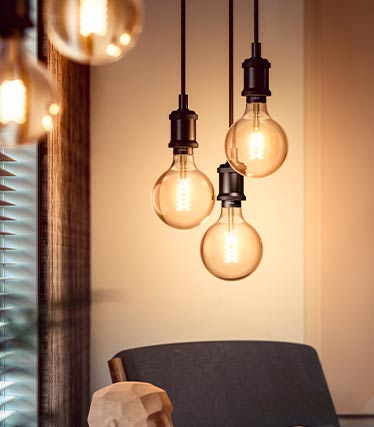








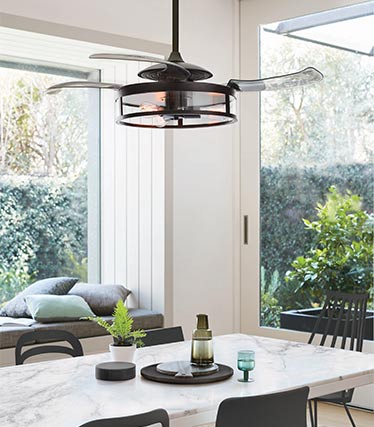

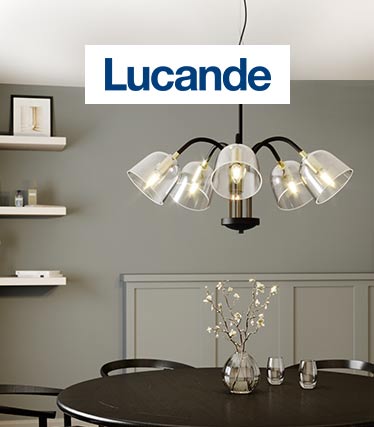




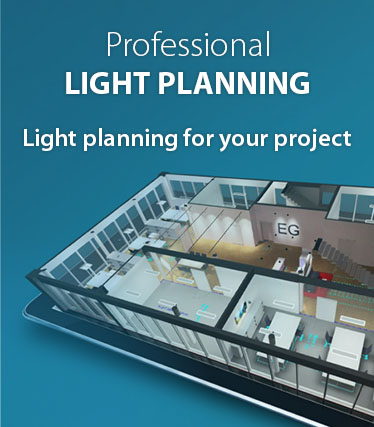




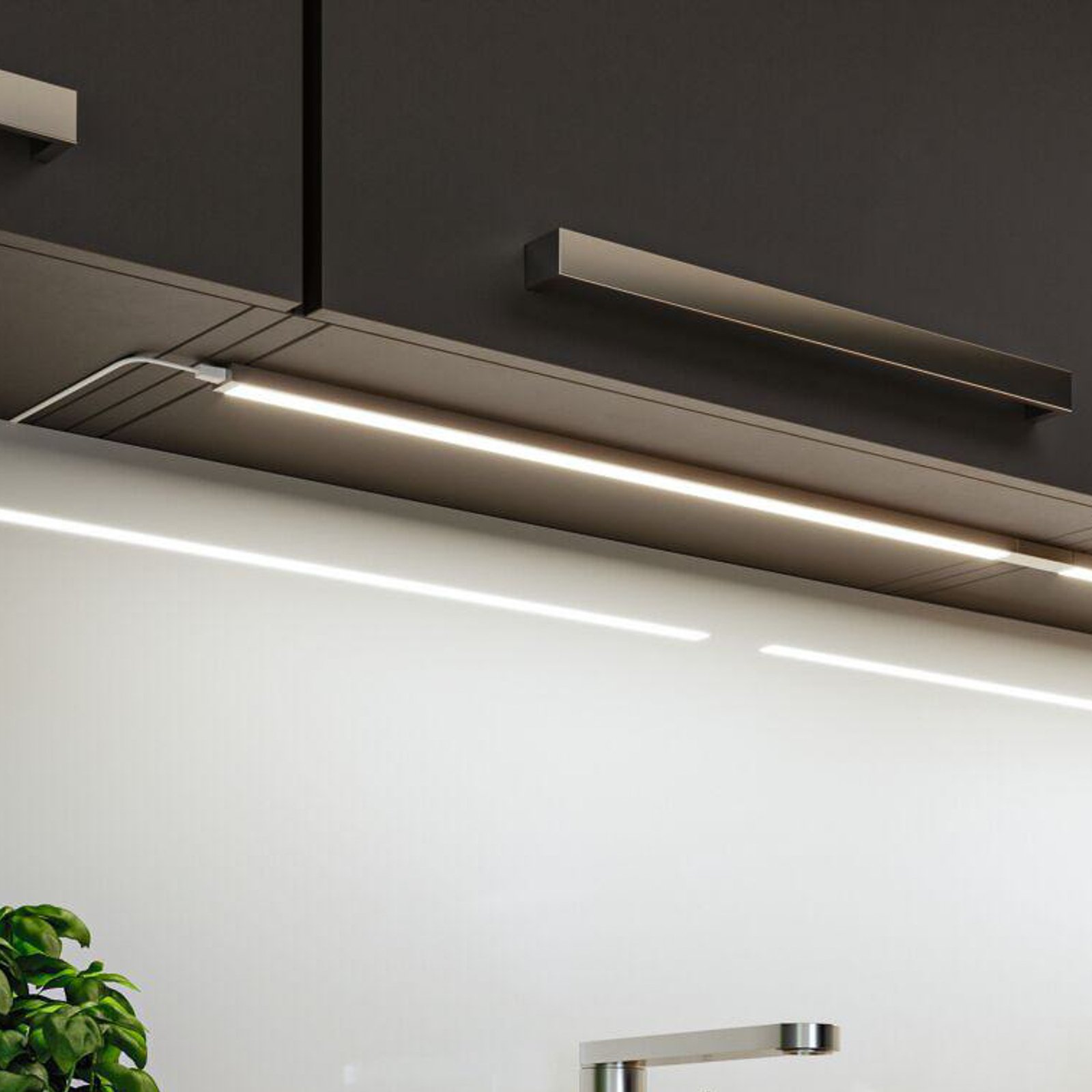
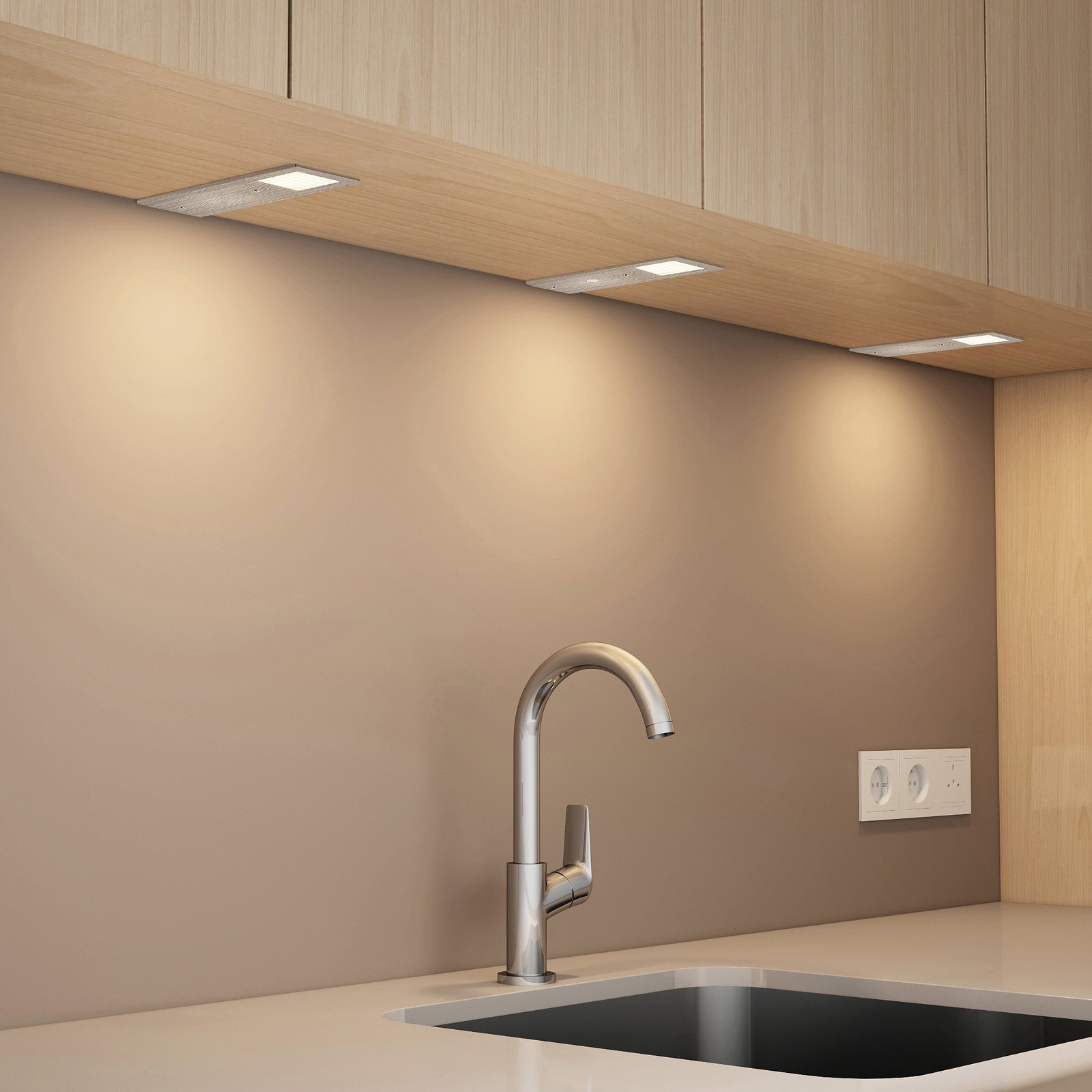
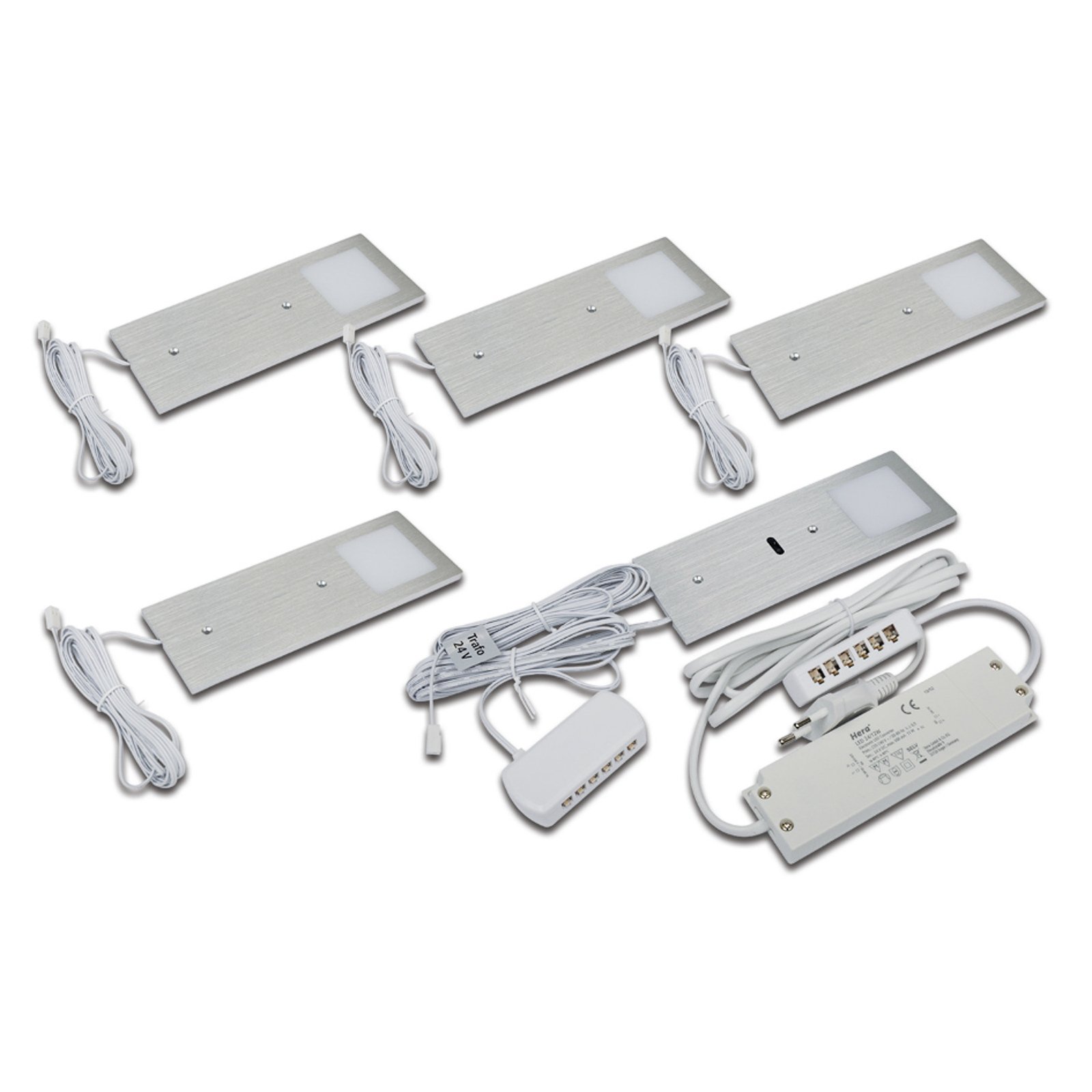
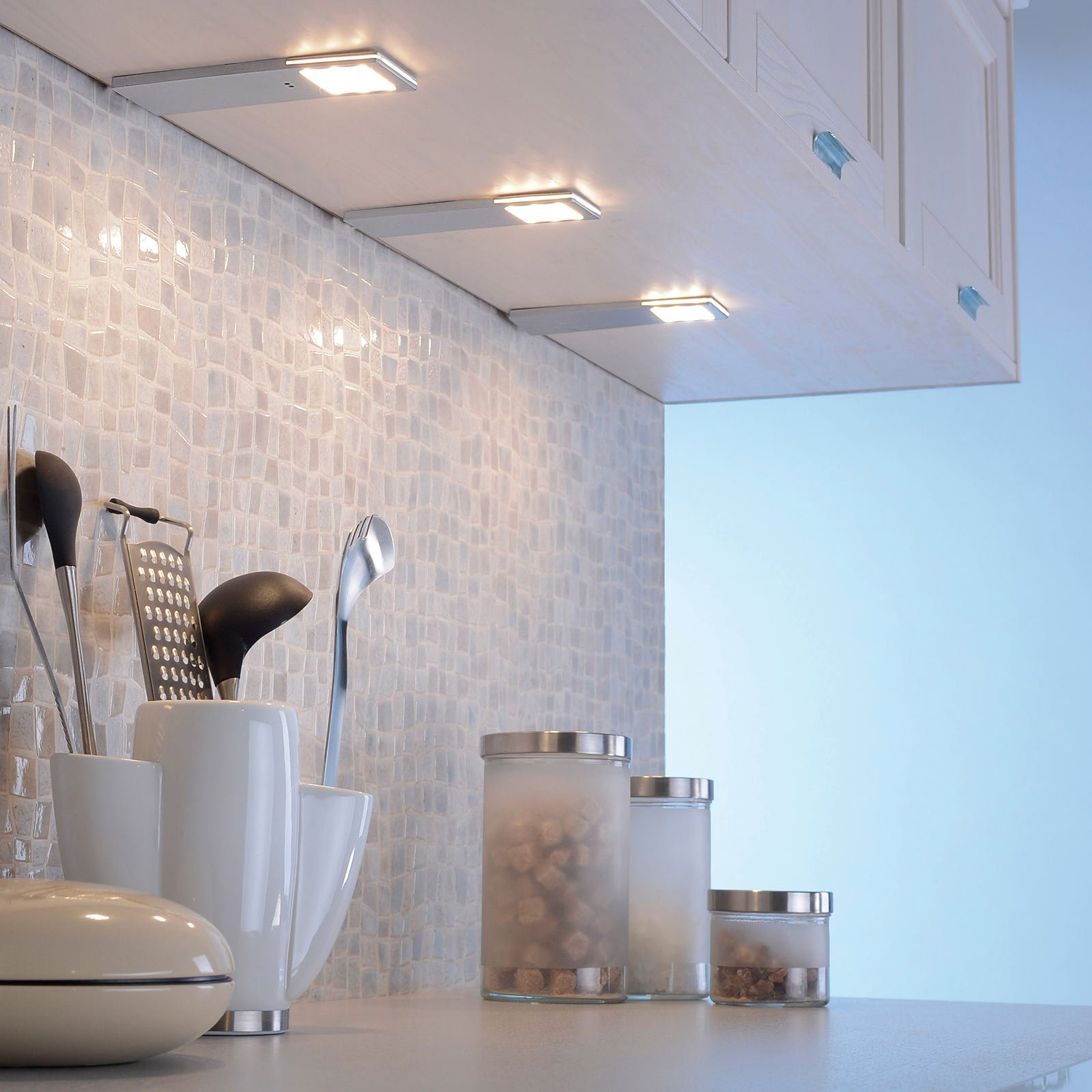
:format(jpeg))
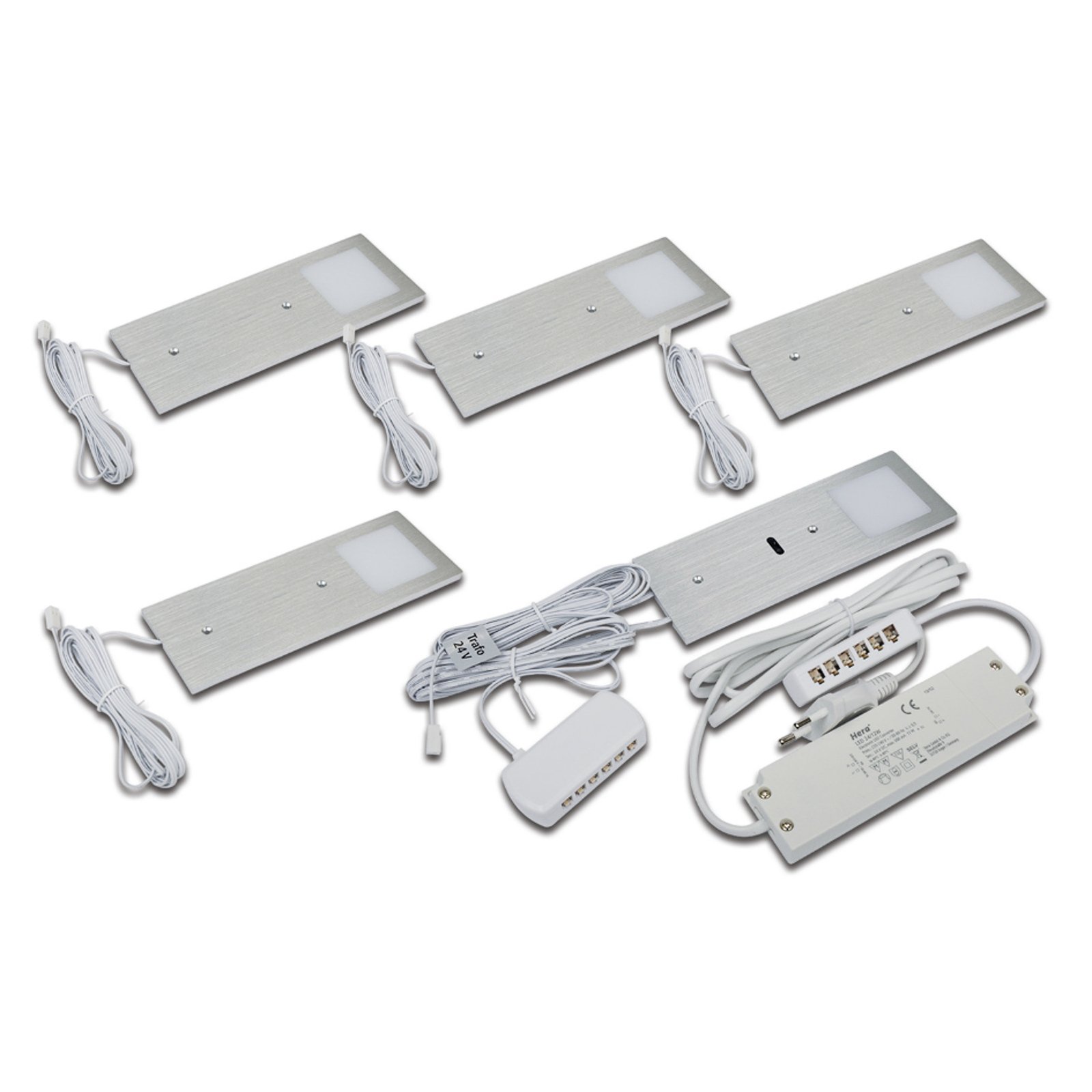

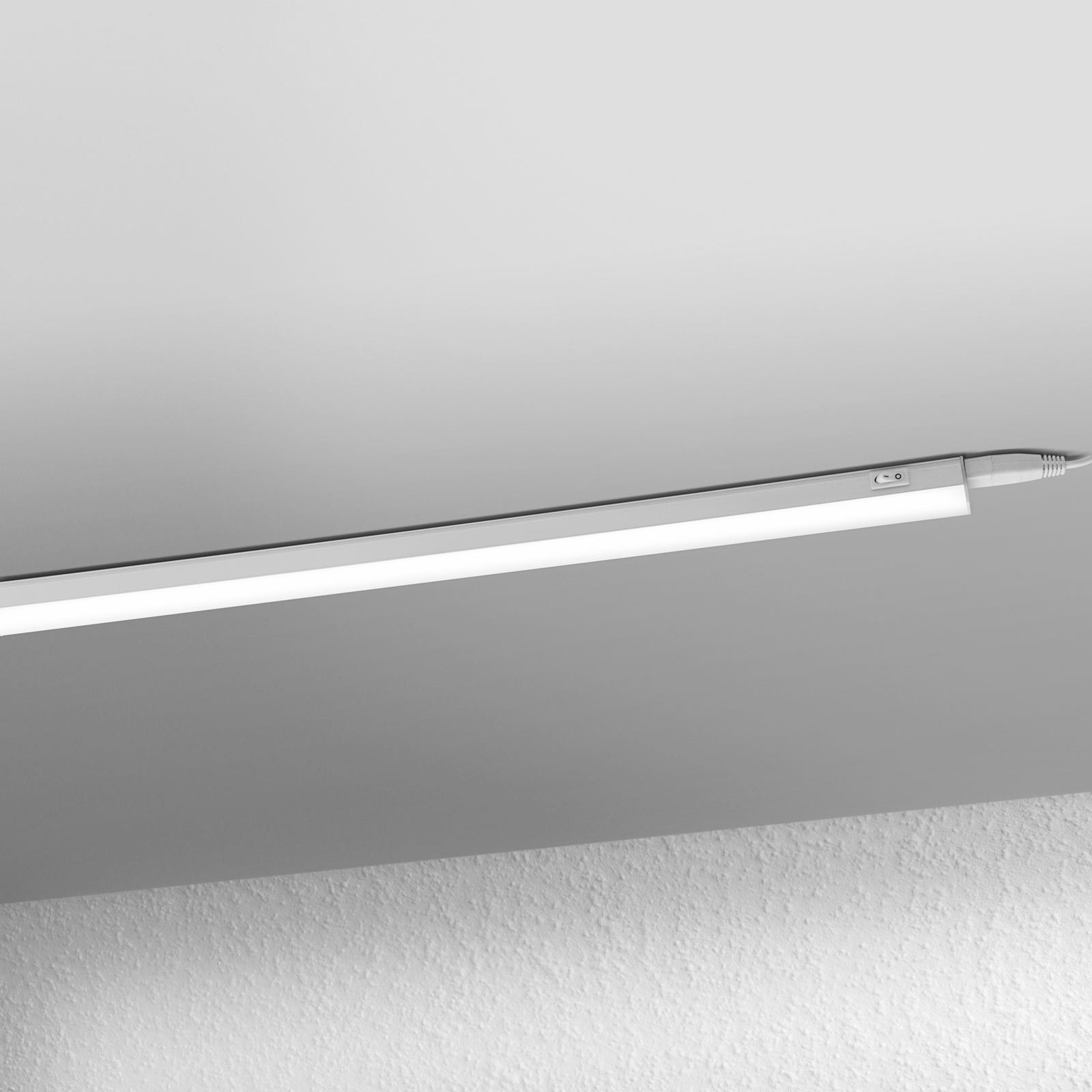
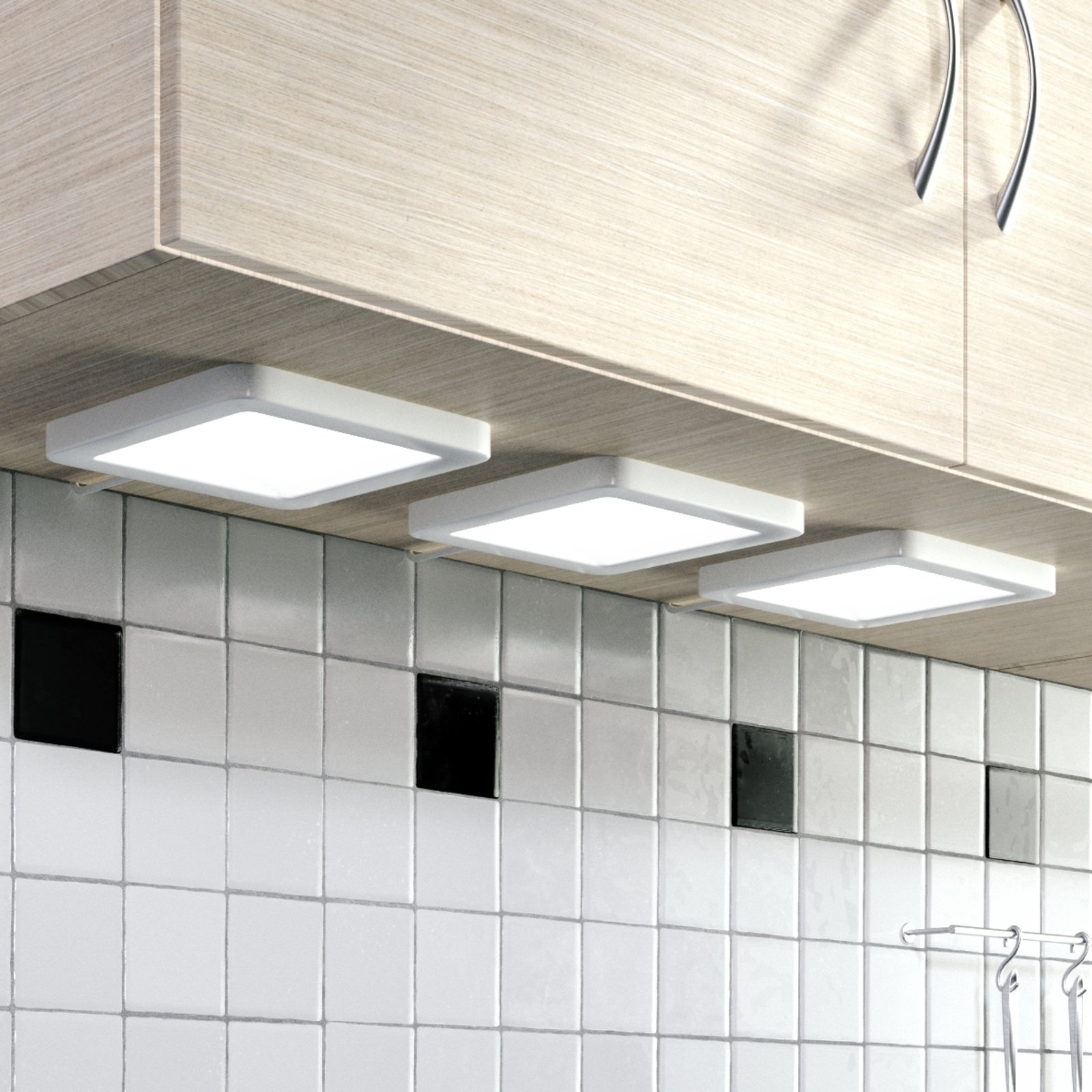
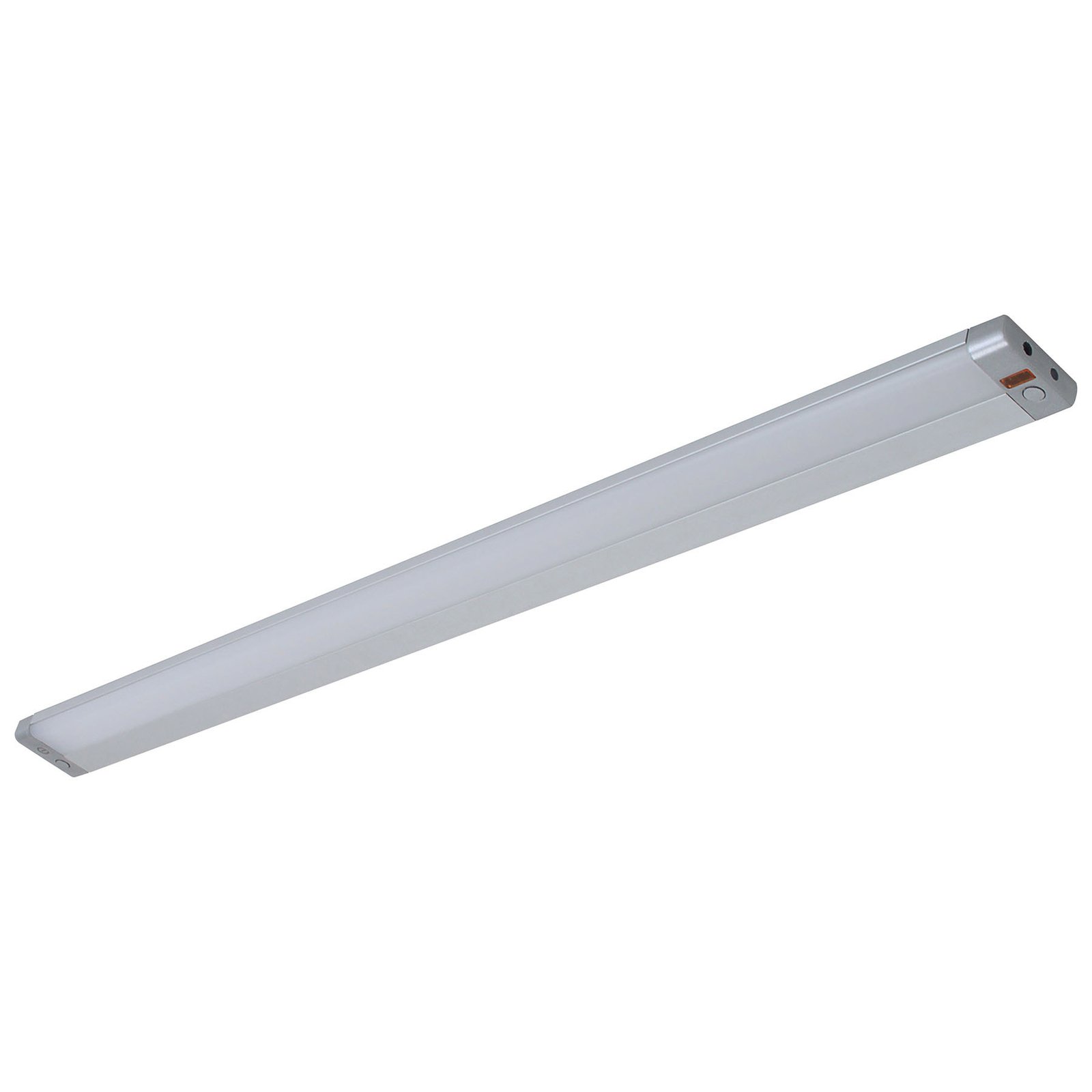
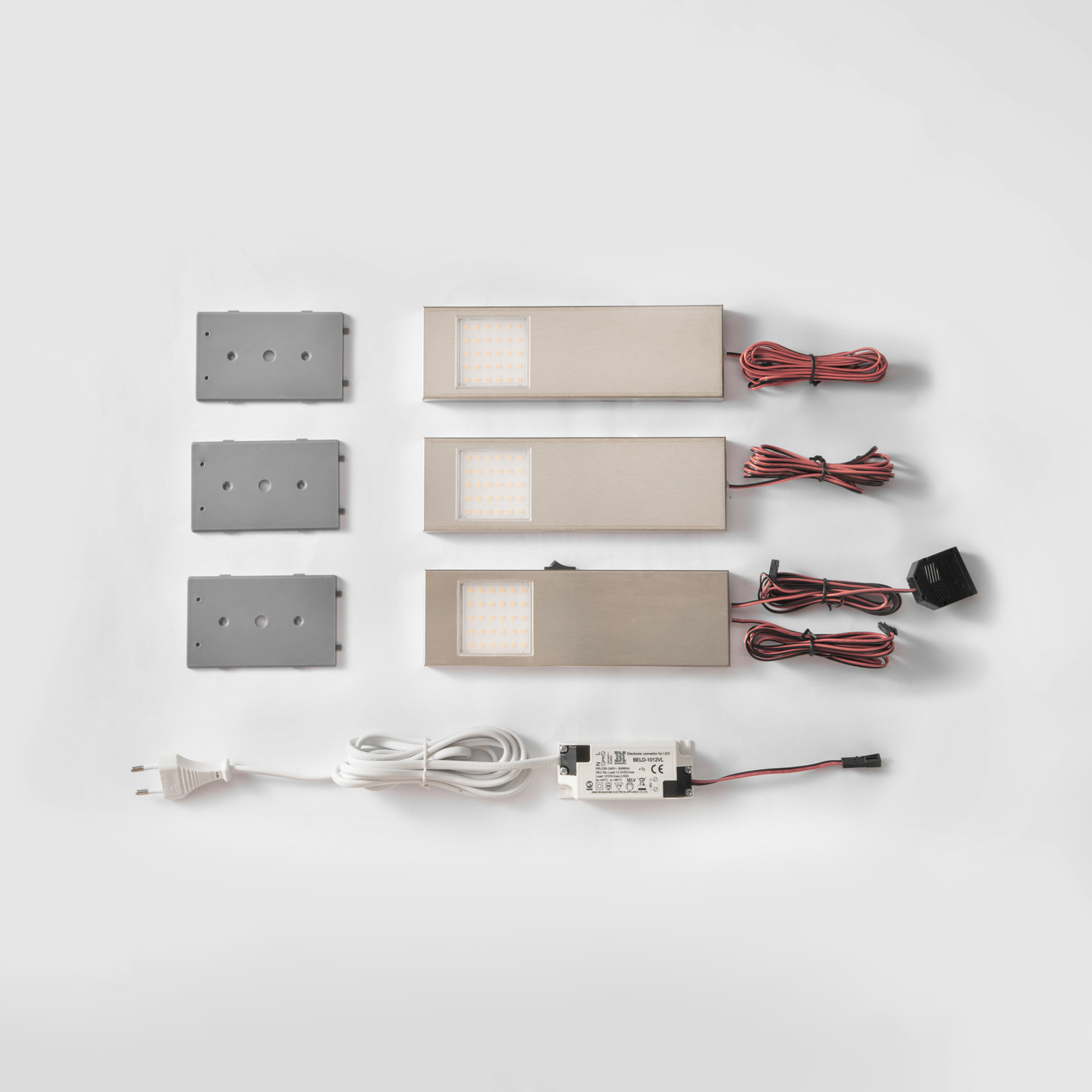
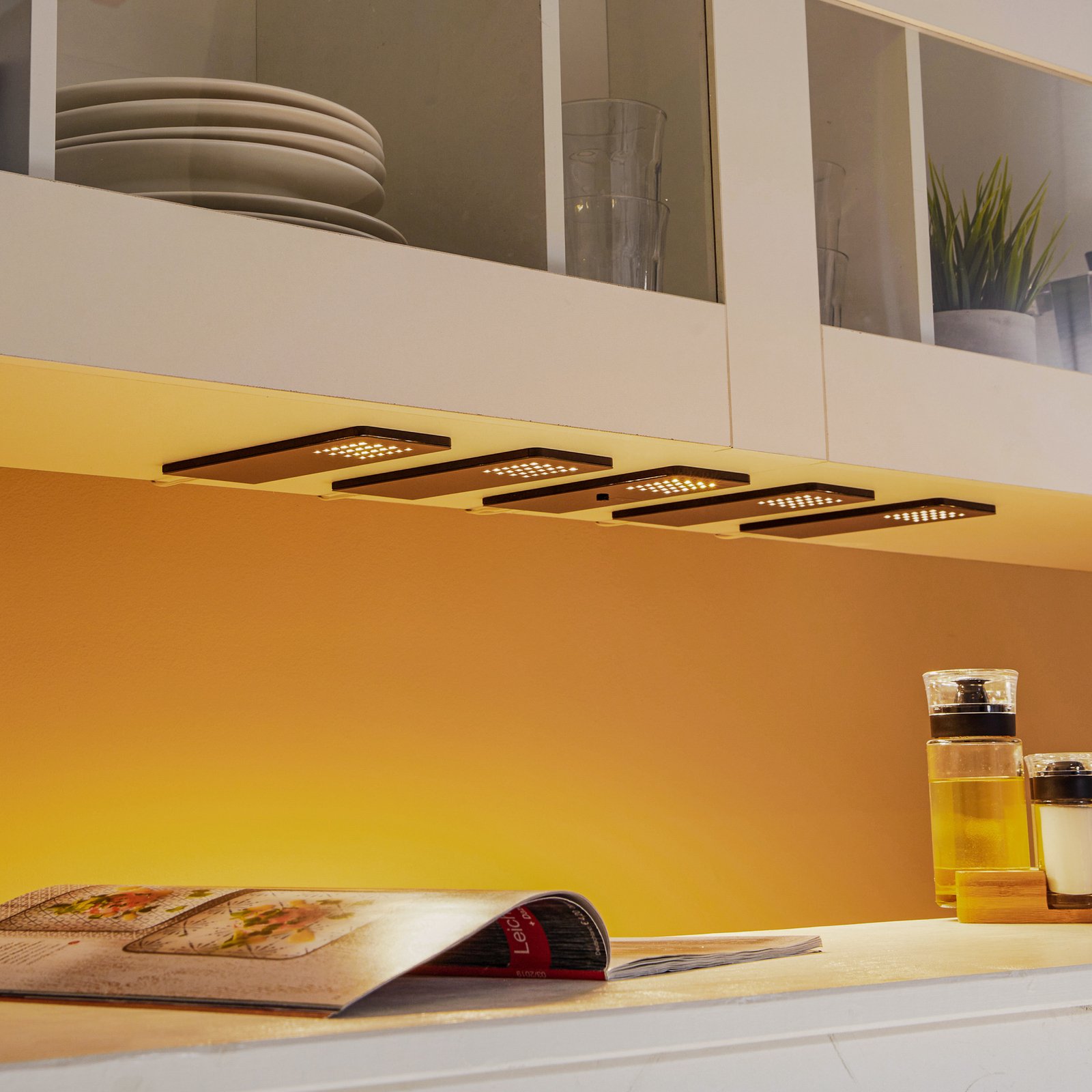
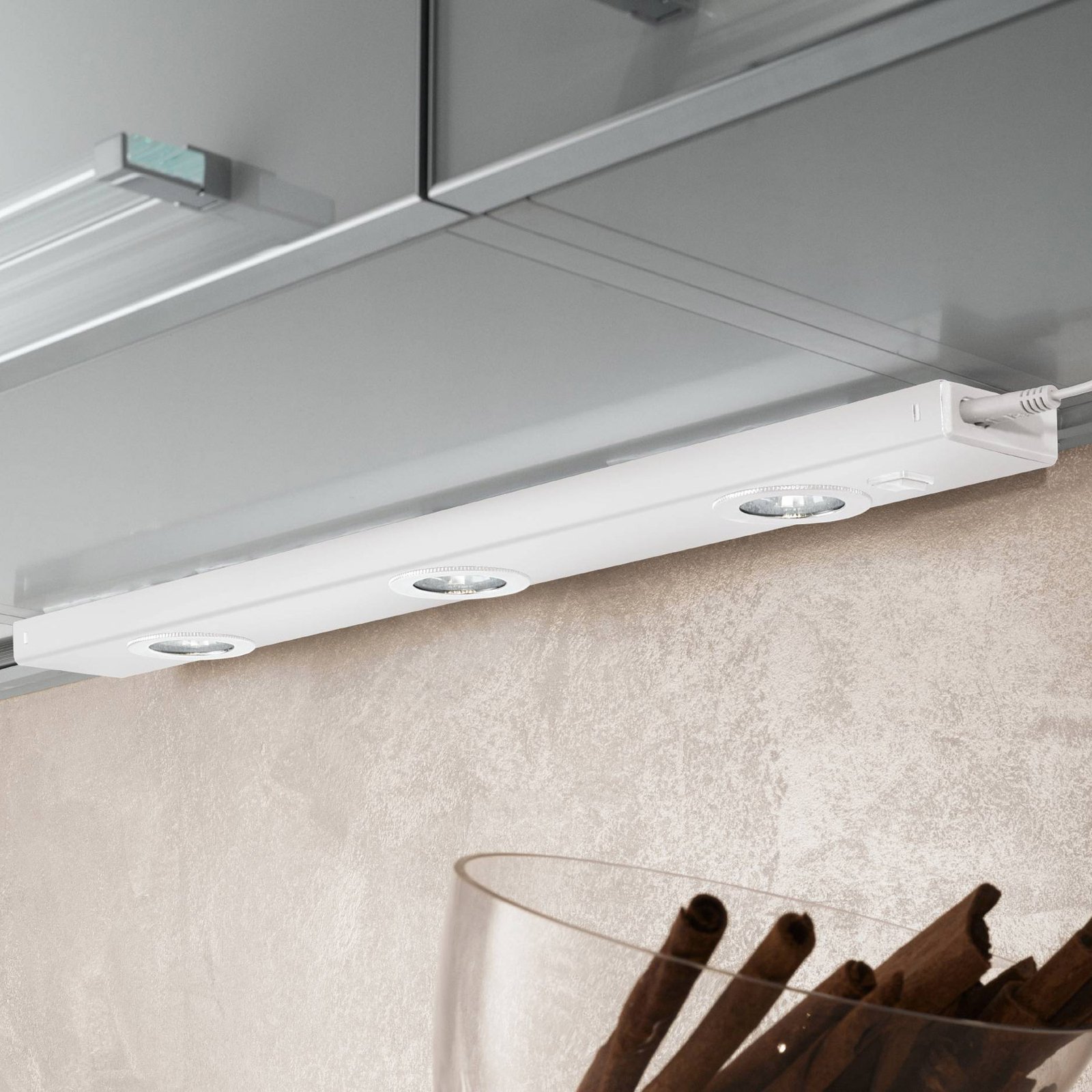
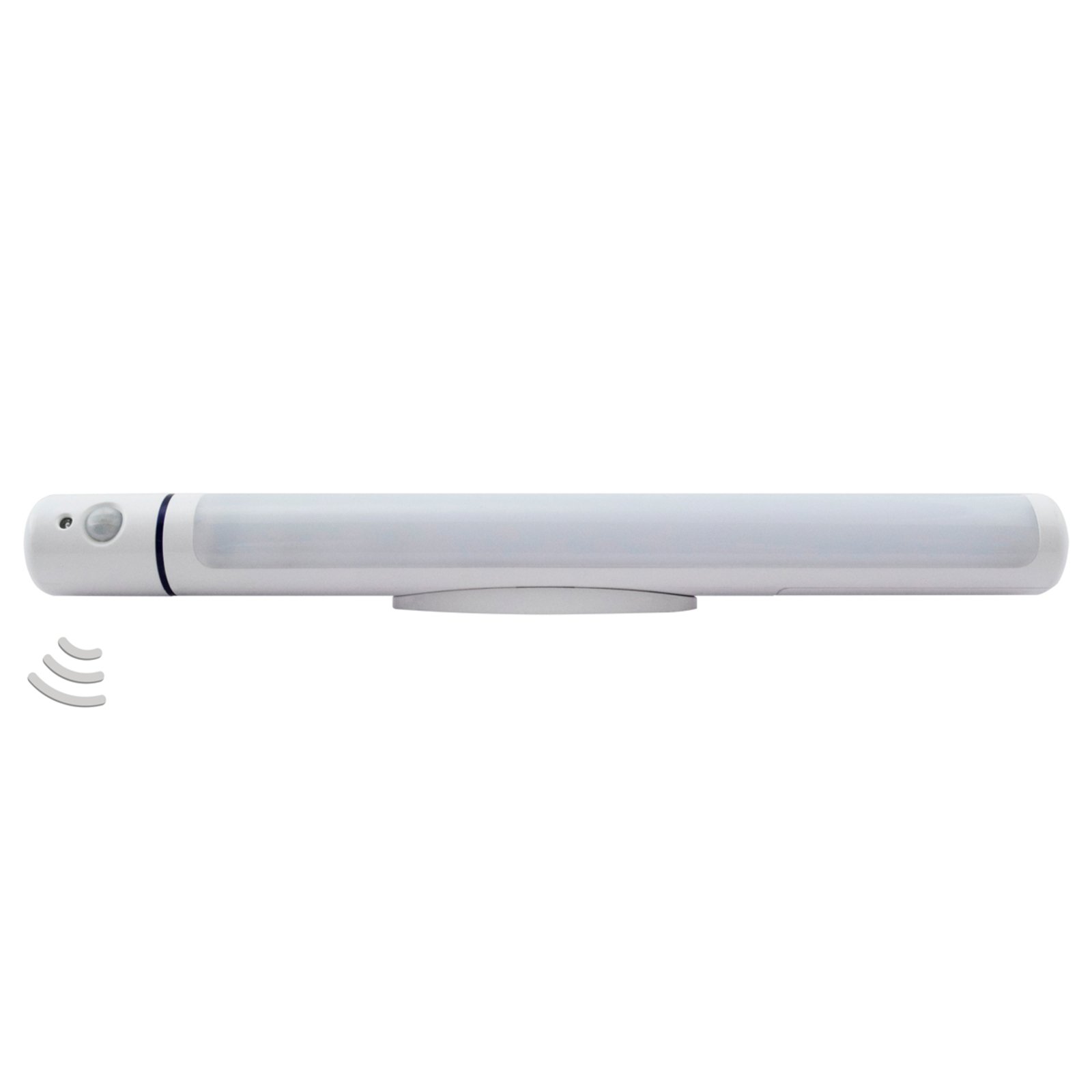
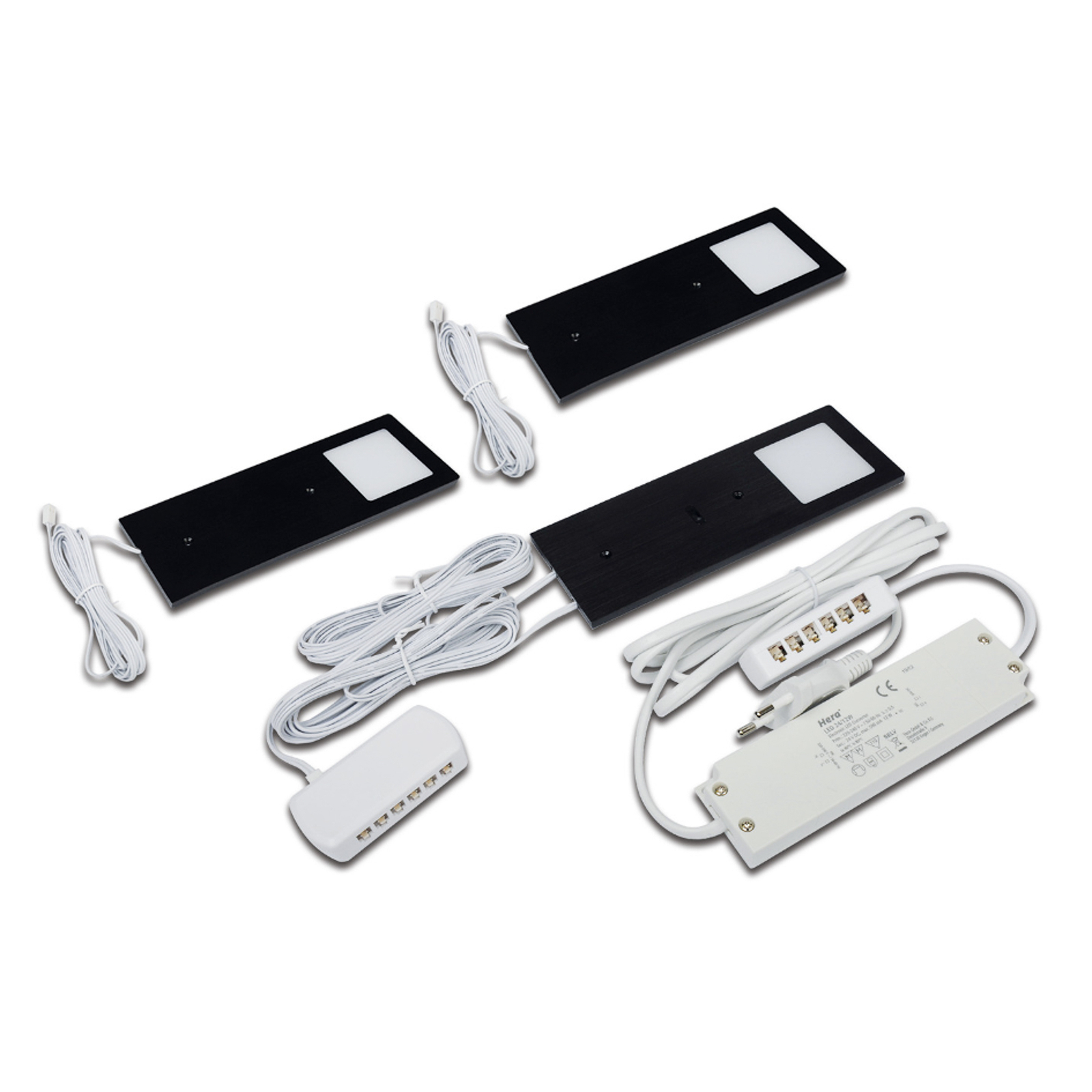
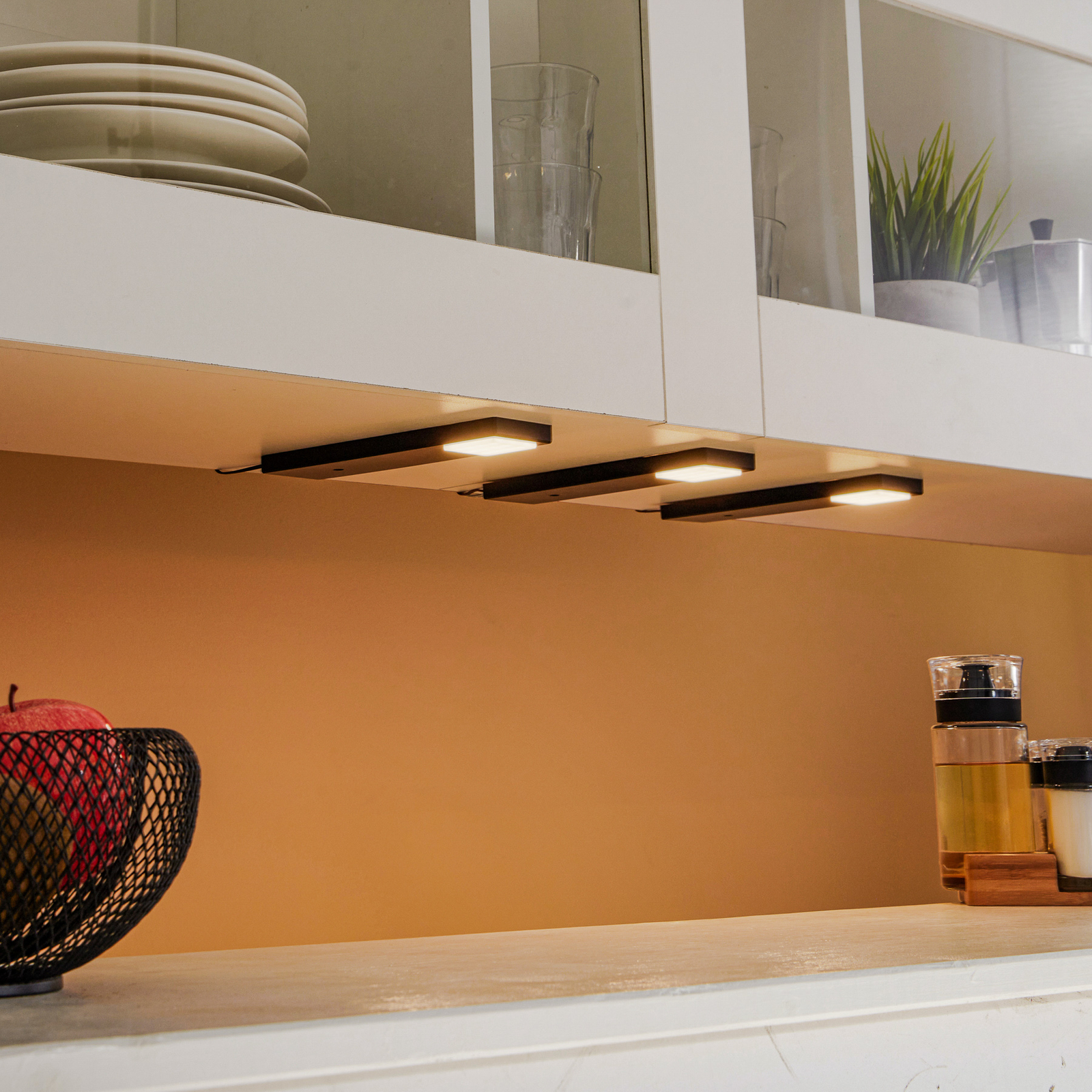
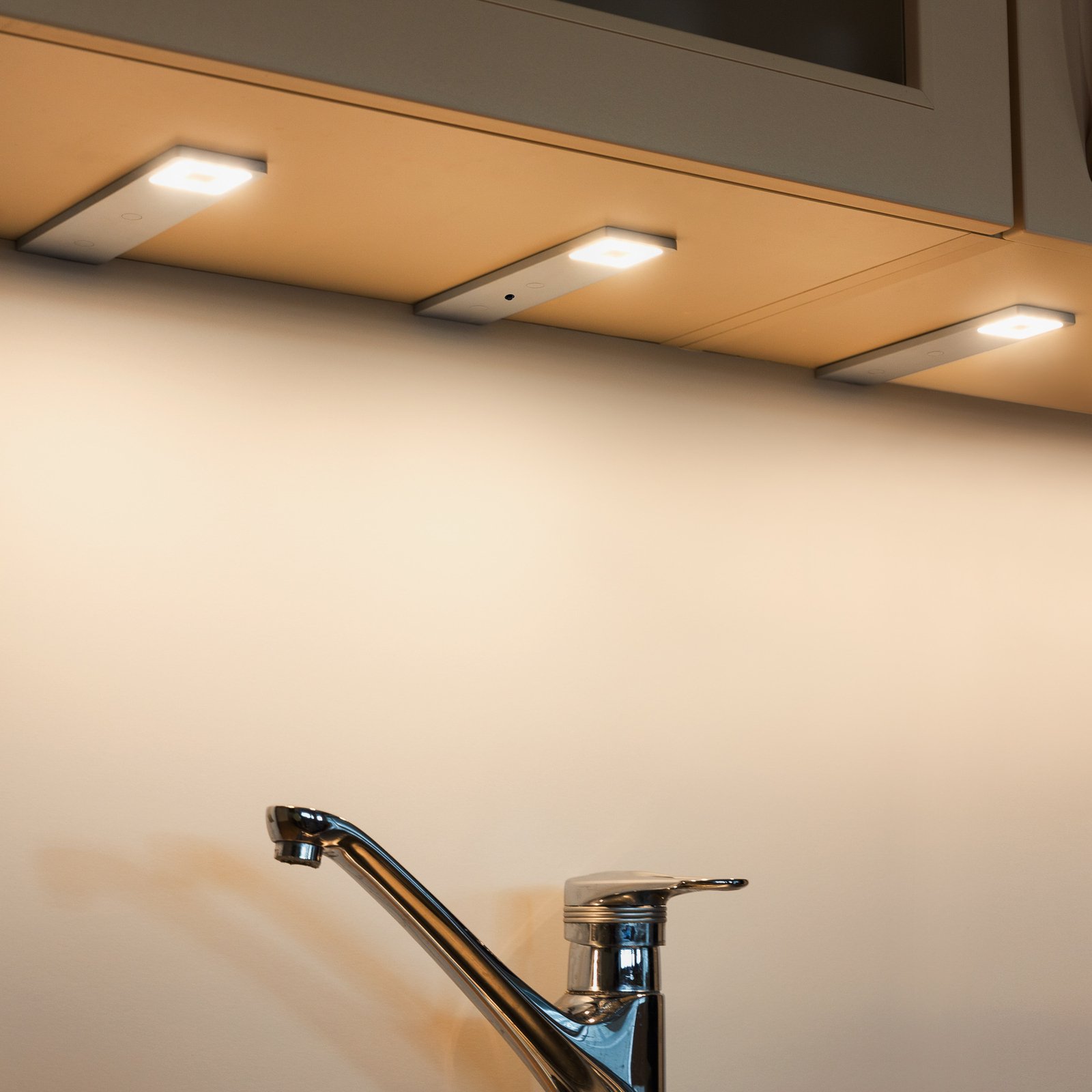
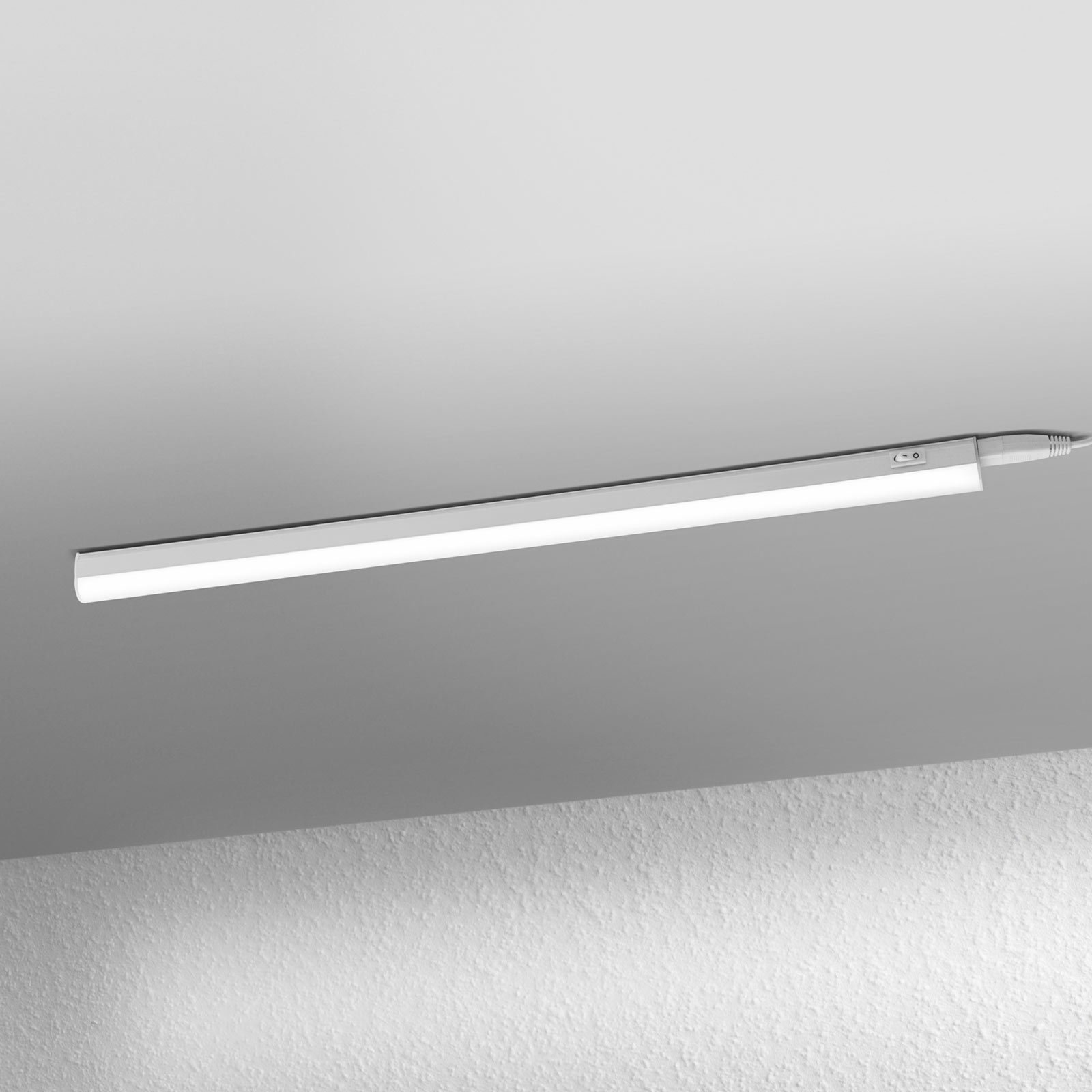
:format(jpeg))
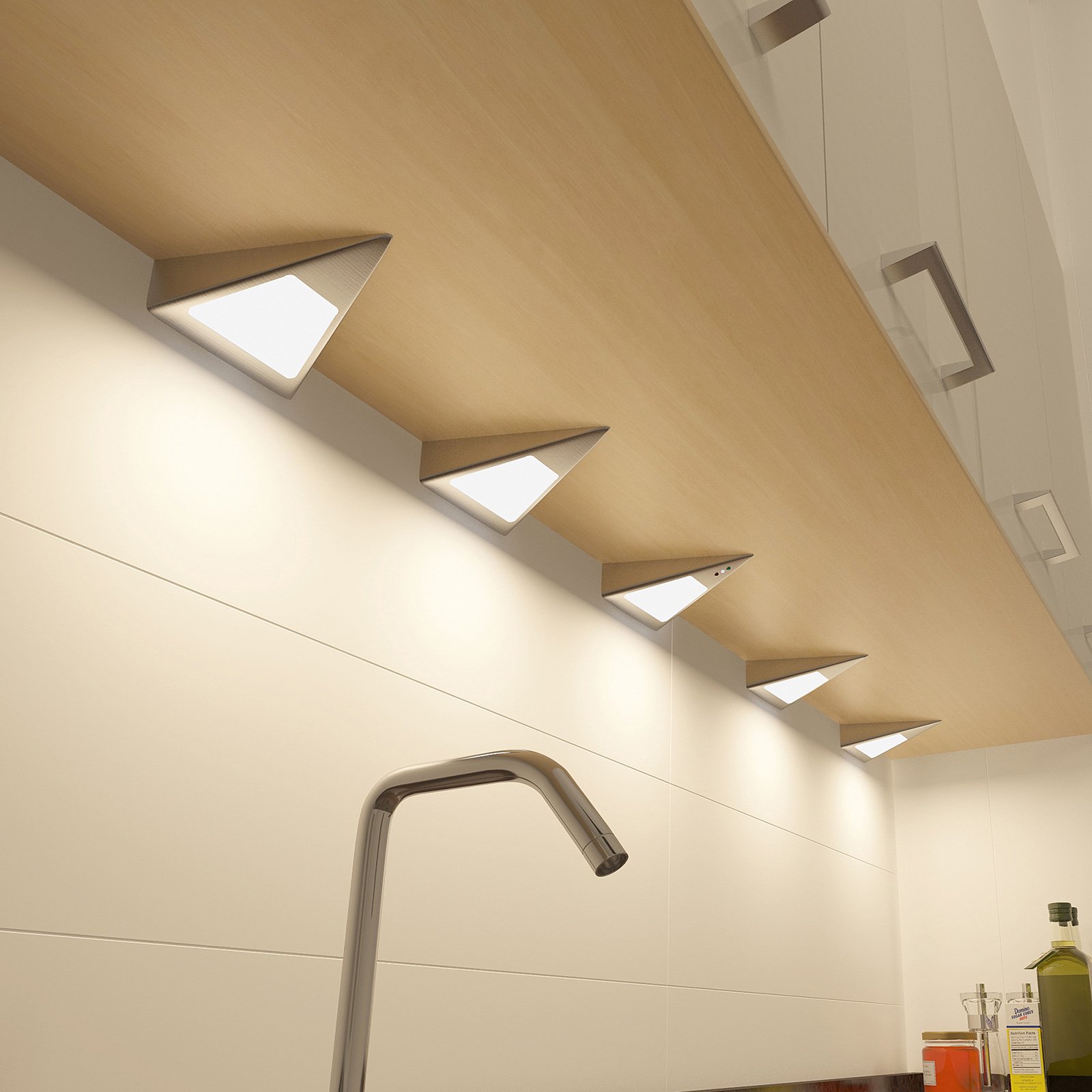
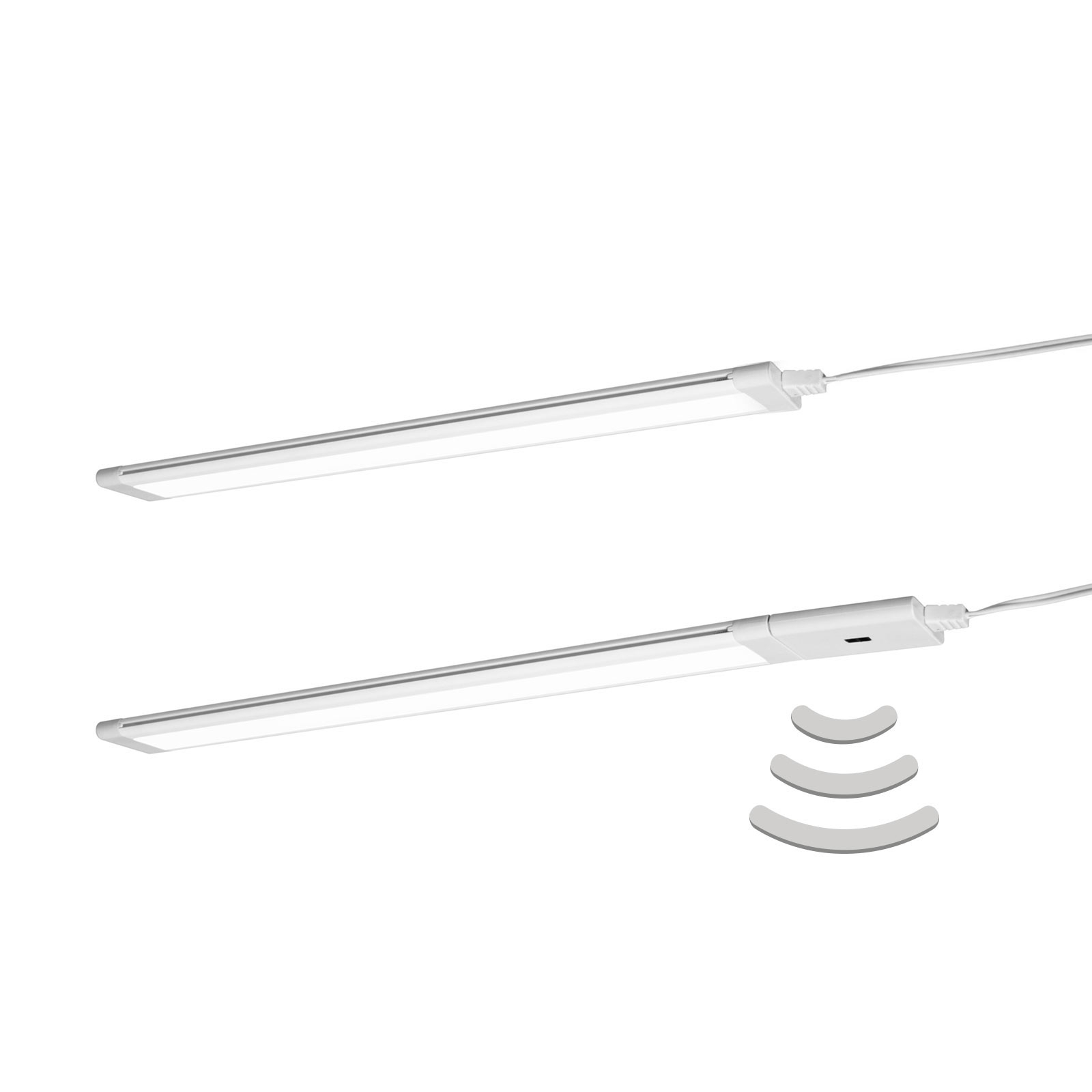
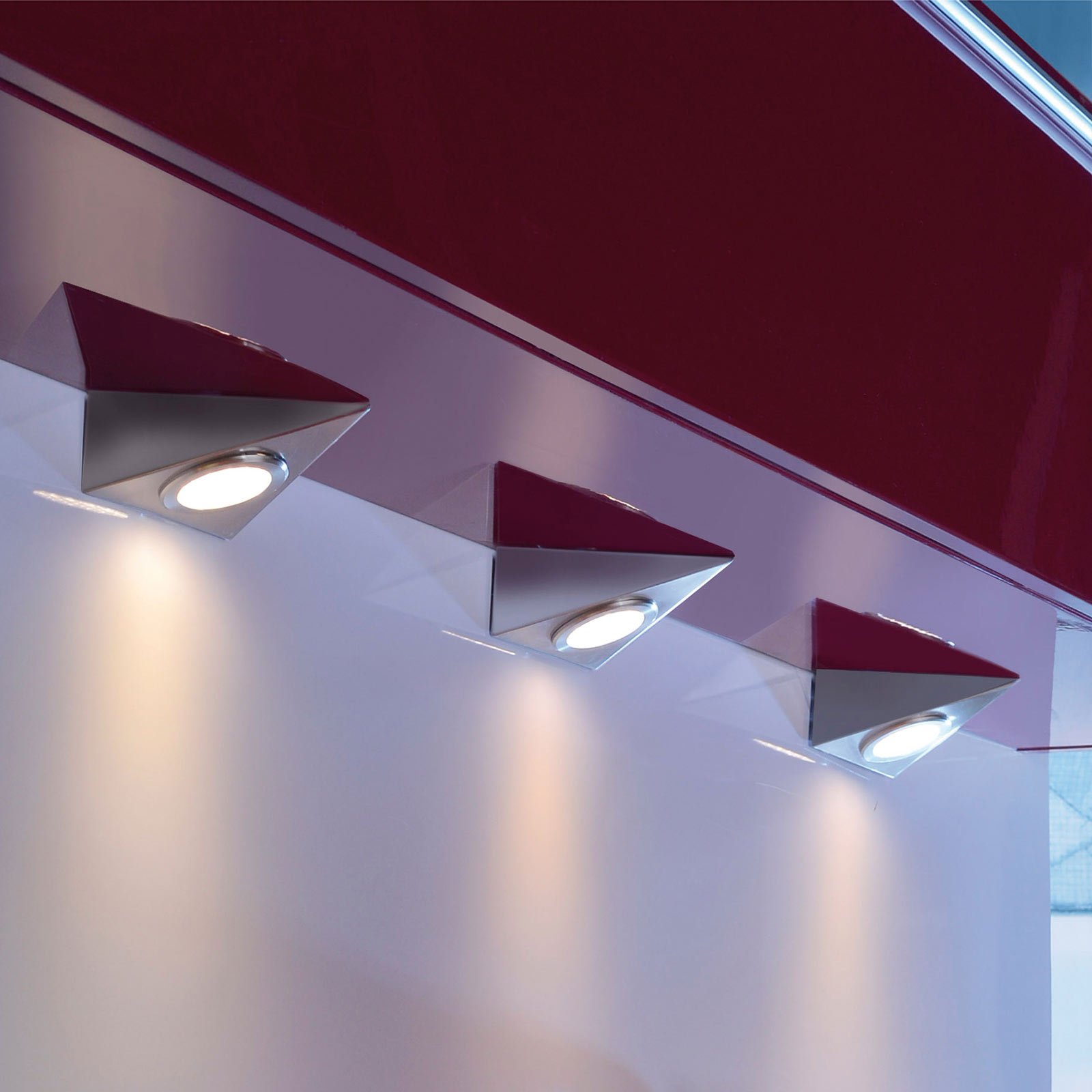
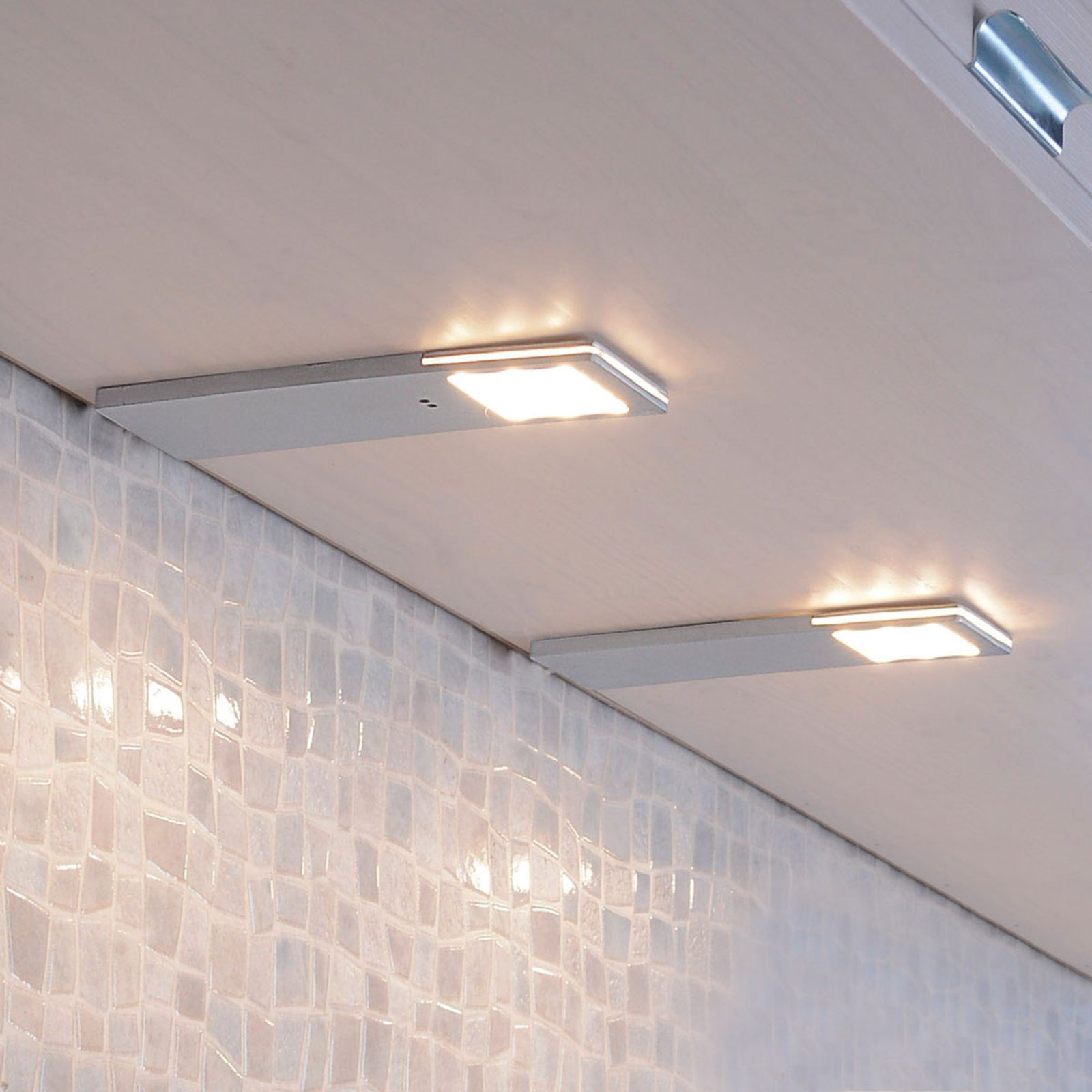
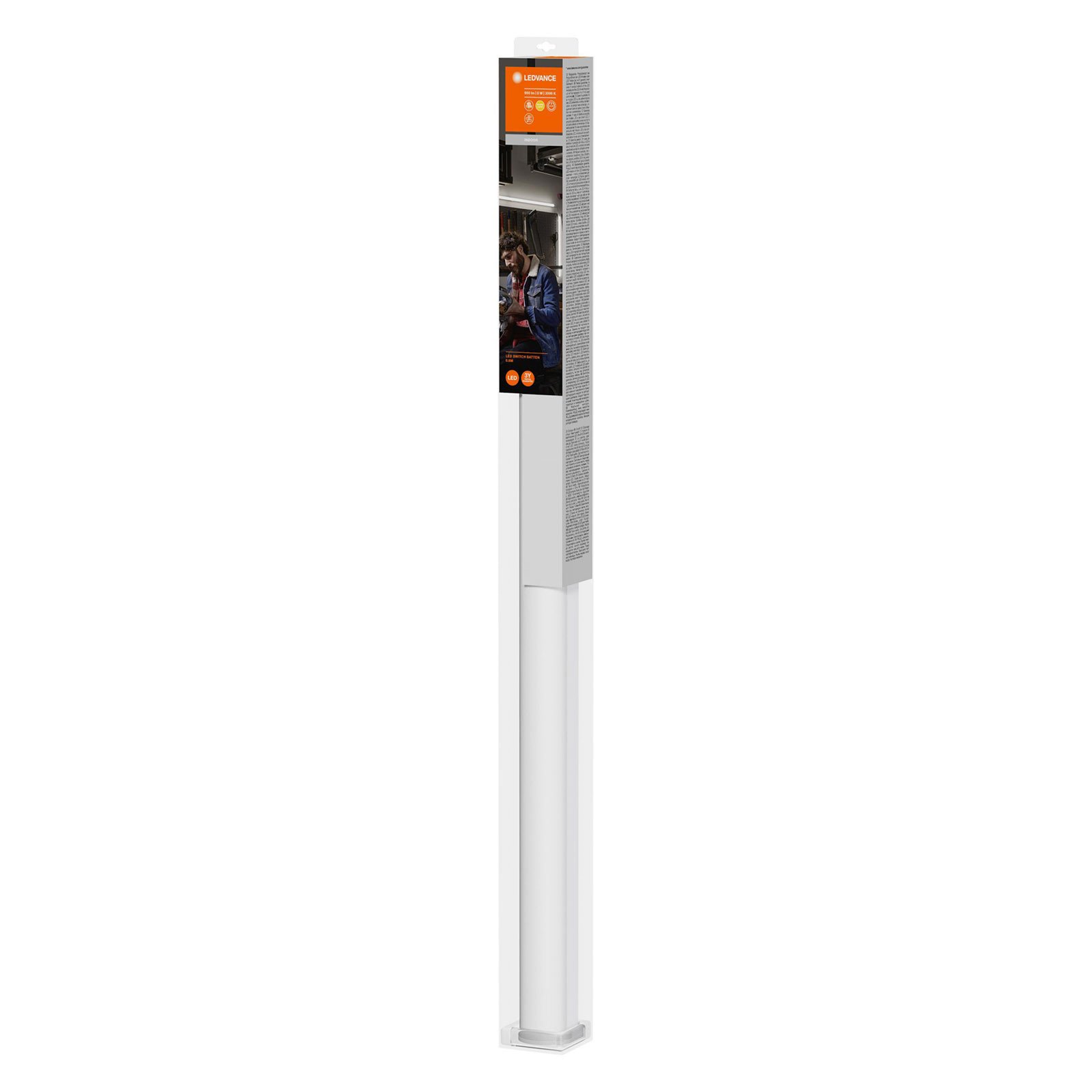
:format(jpeg))
:format(jpeg))
:format(jpeg))
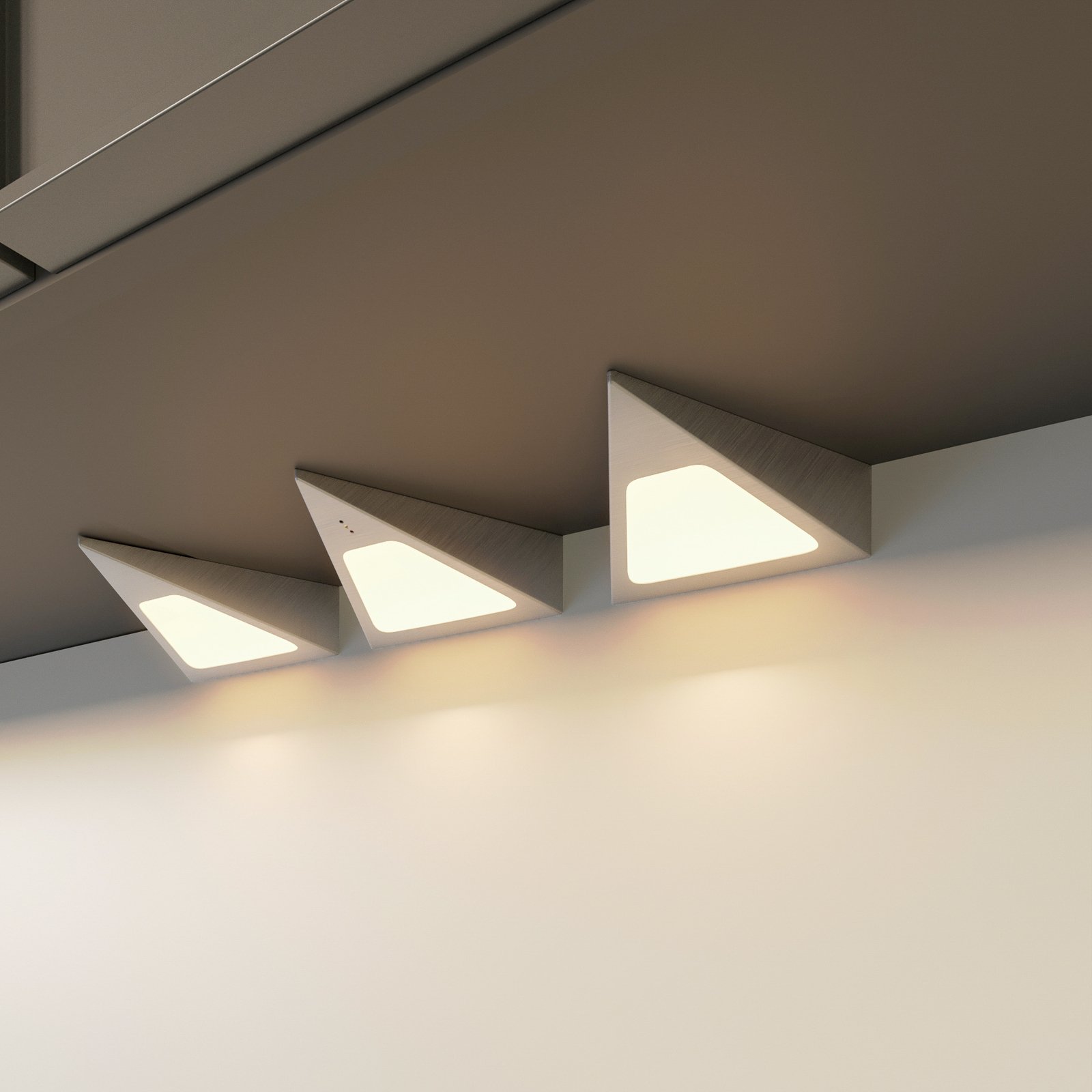
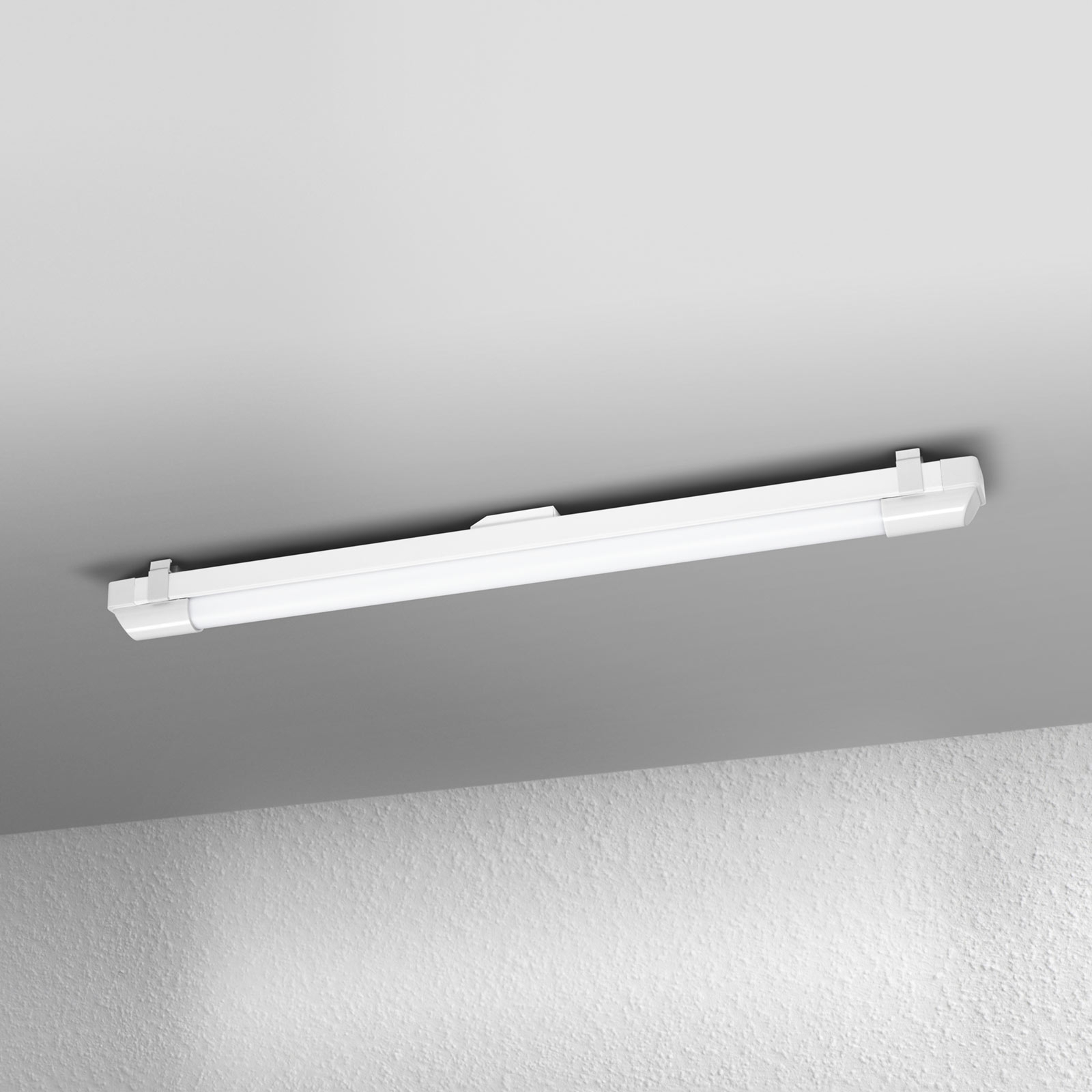
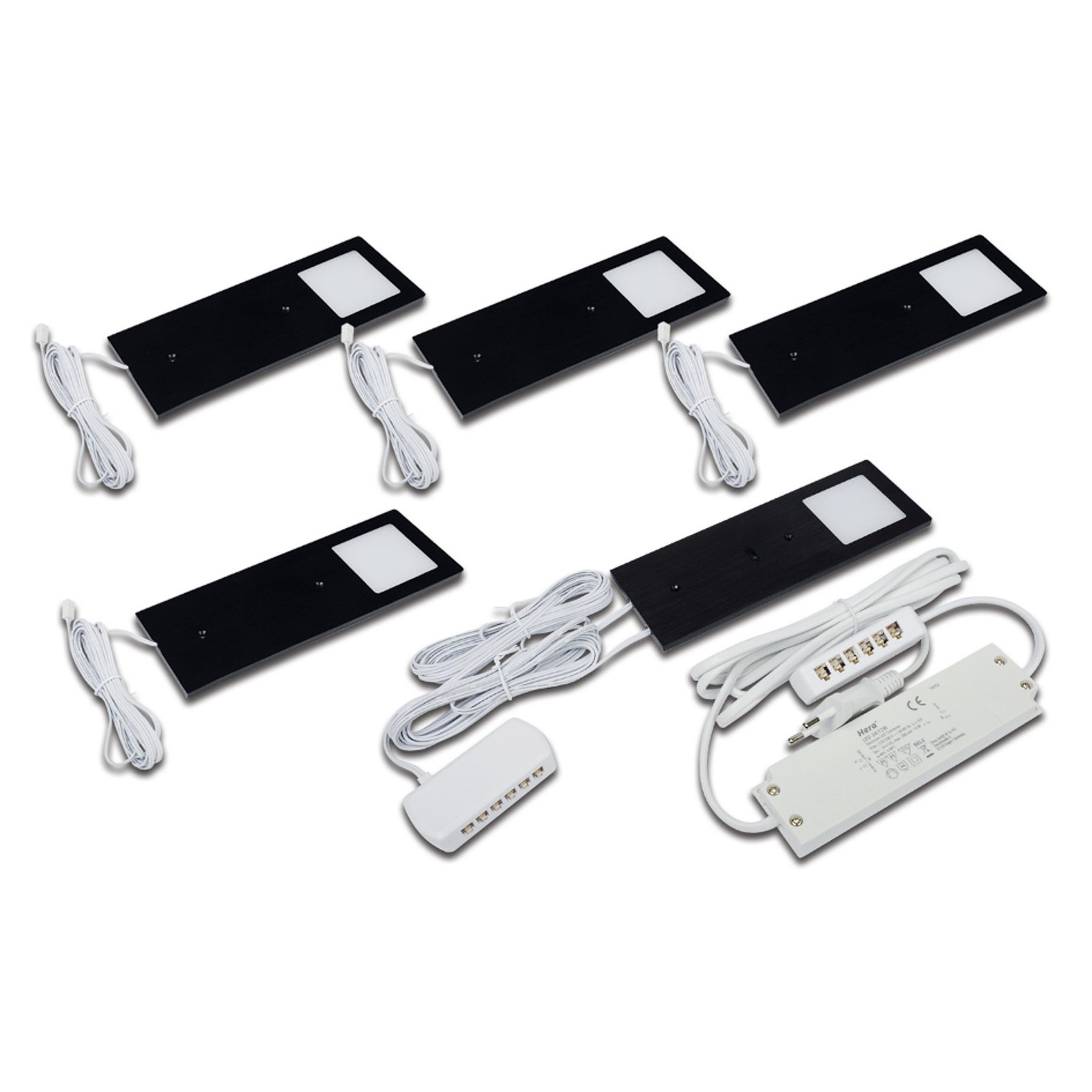
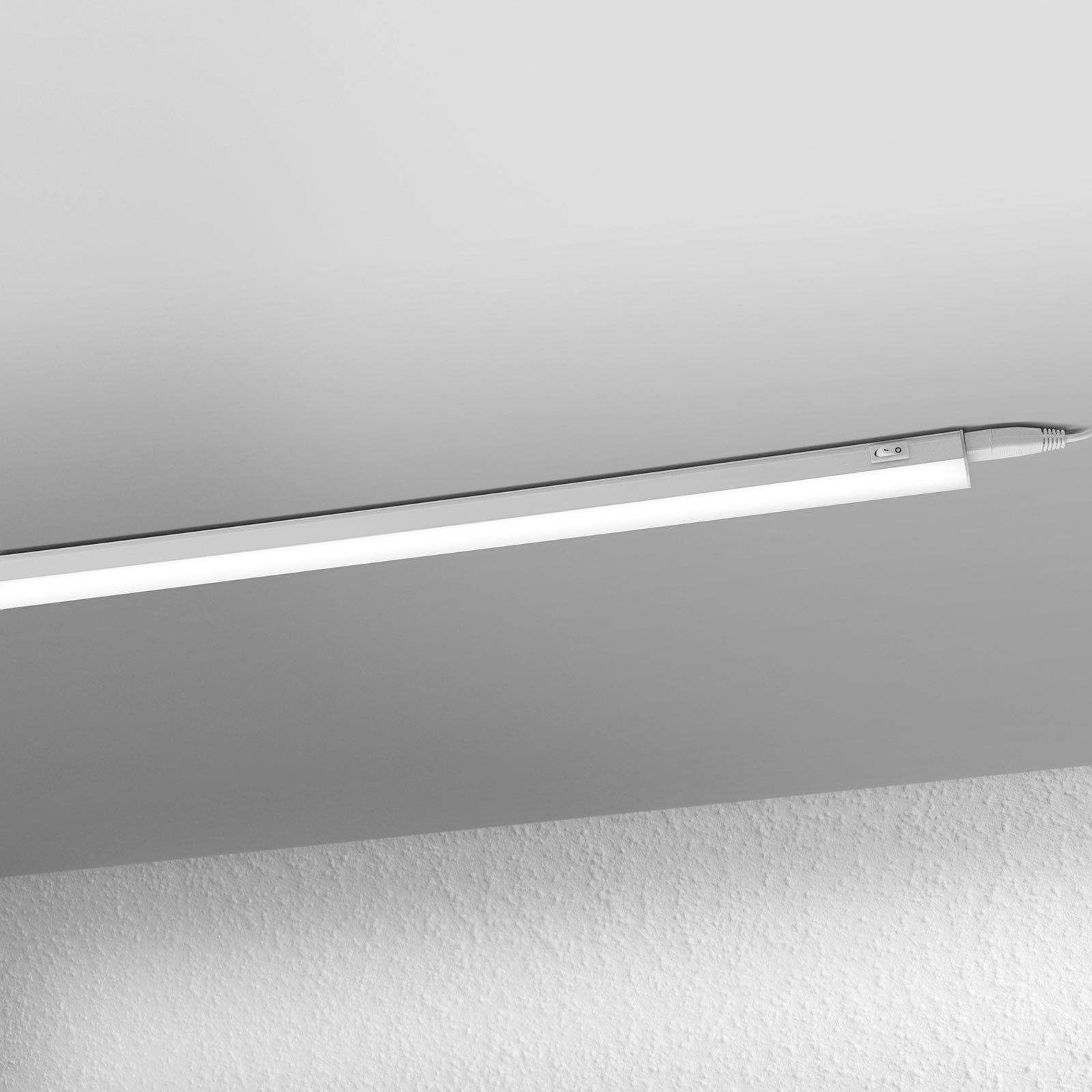
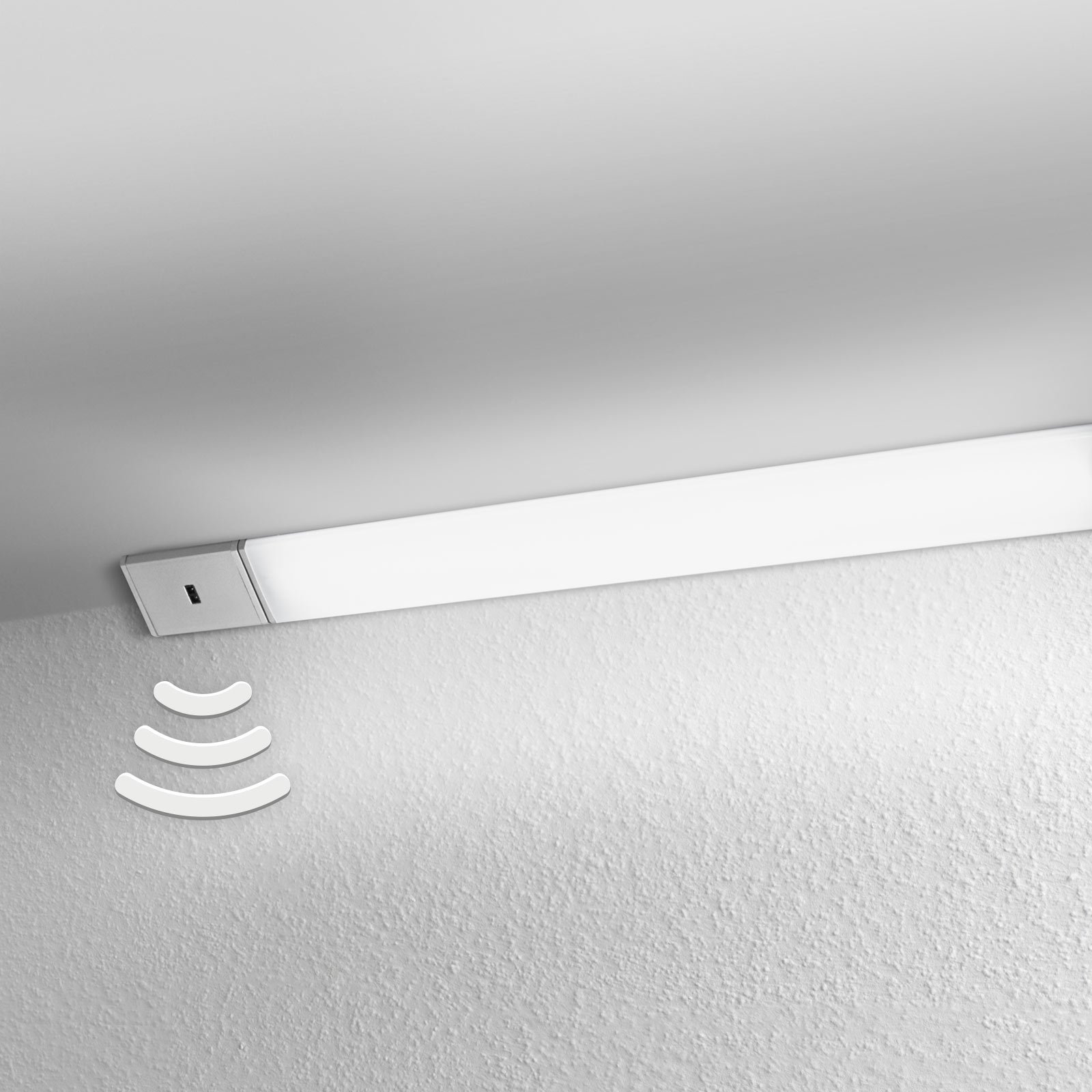
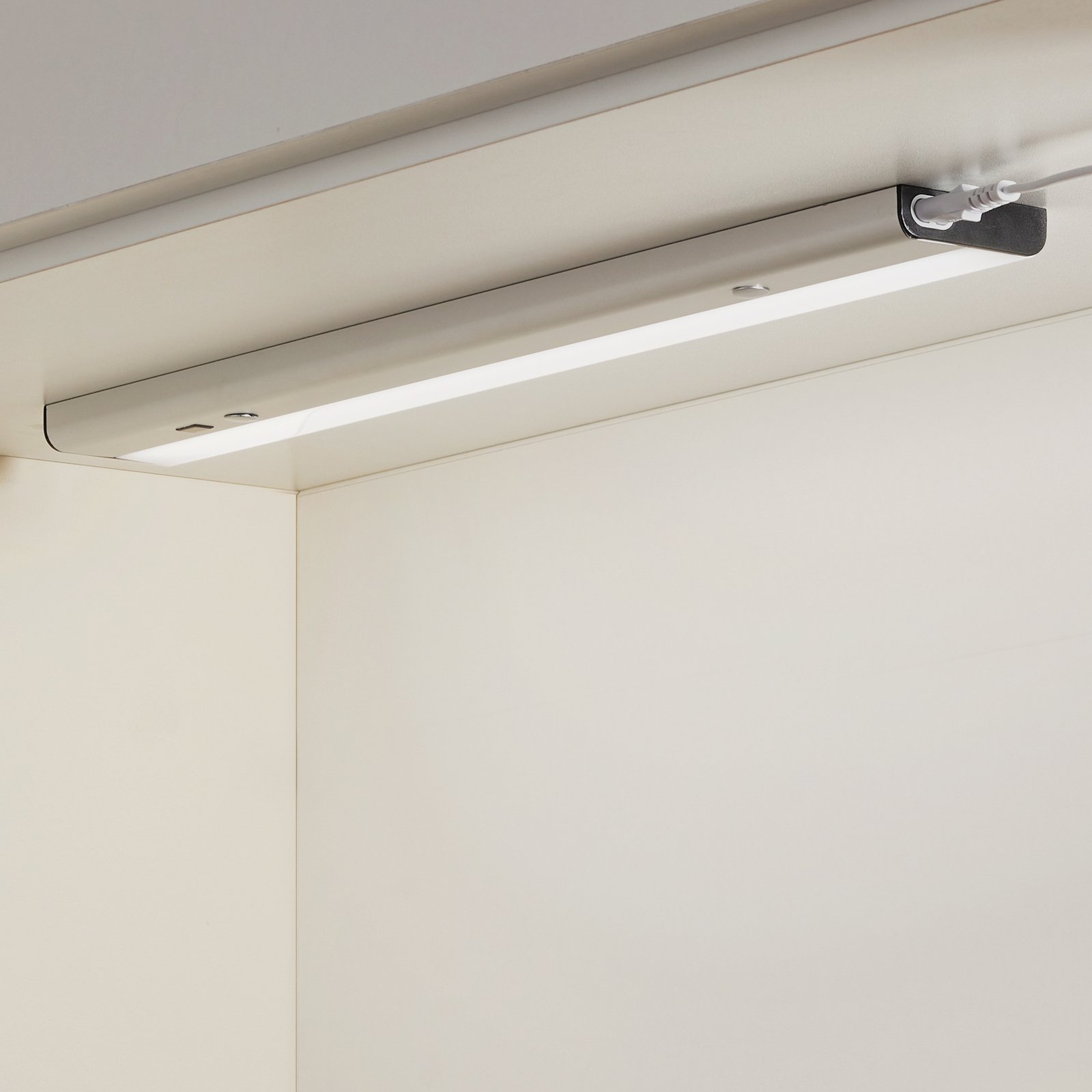
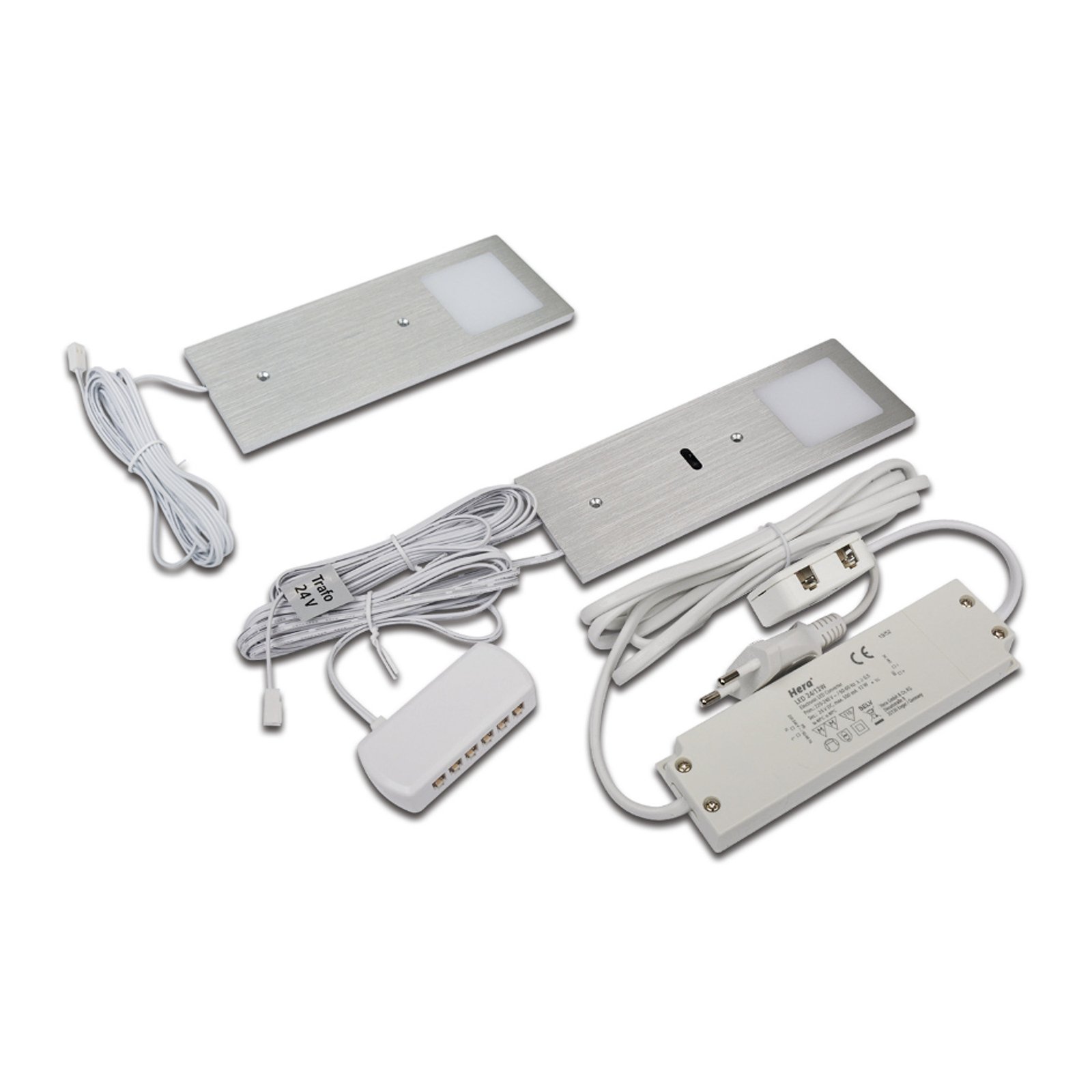


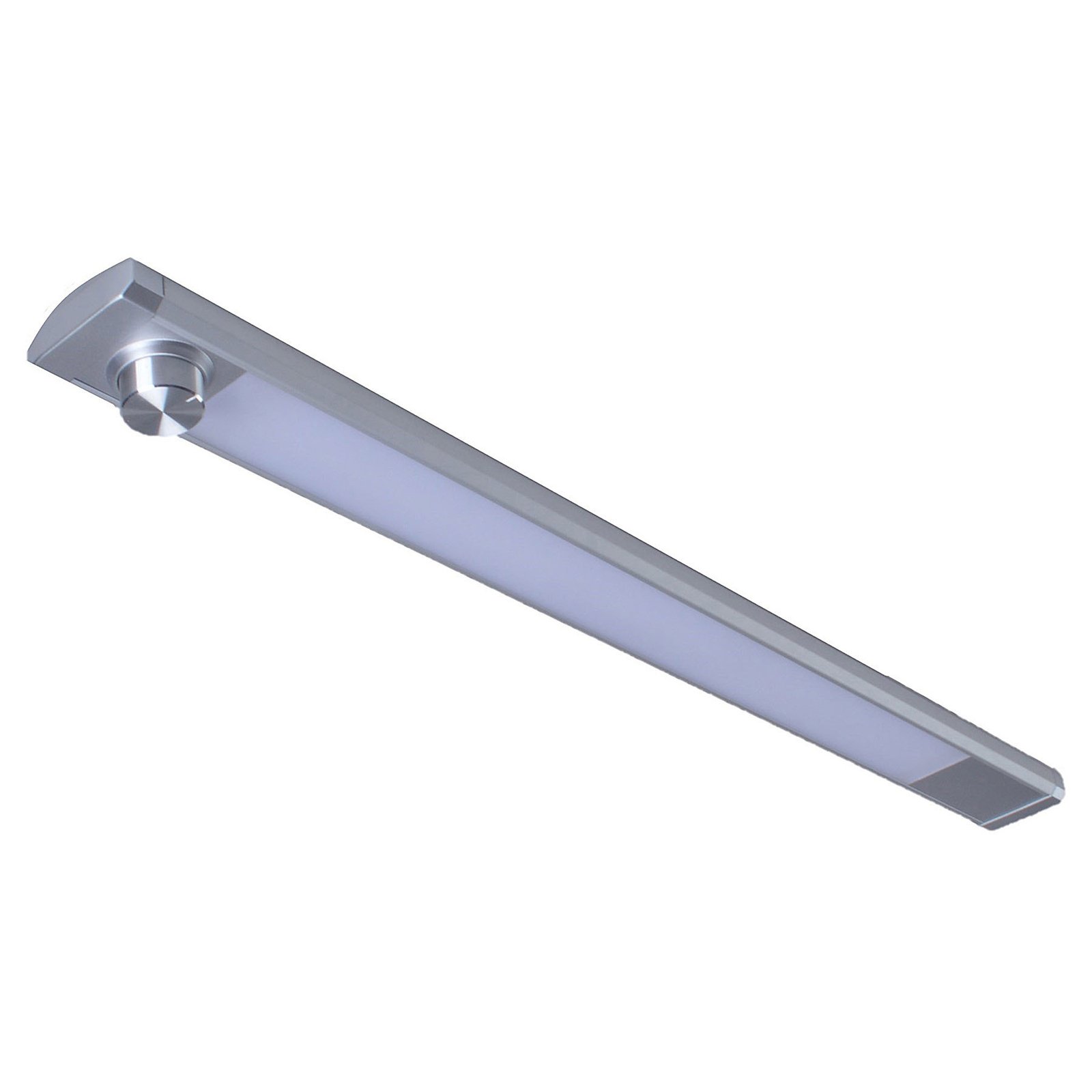
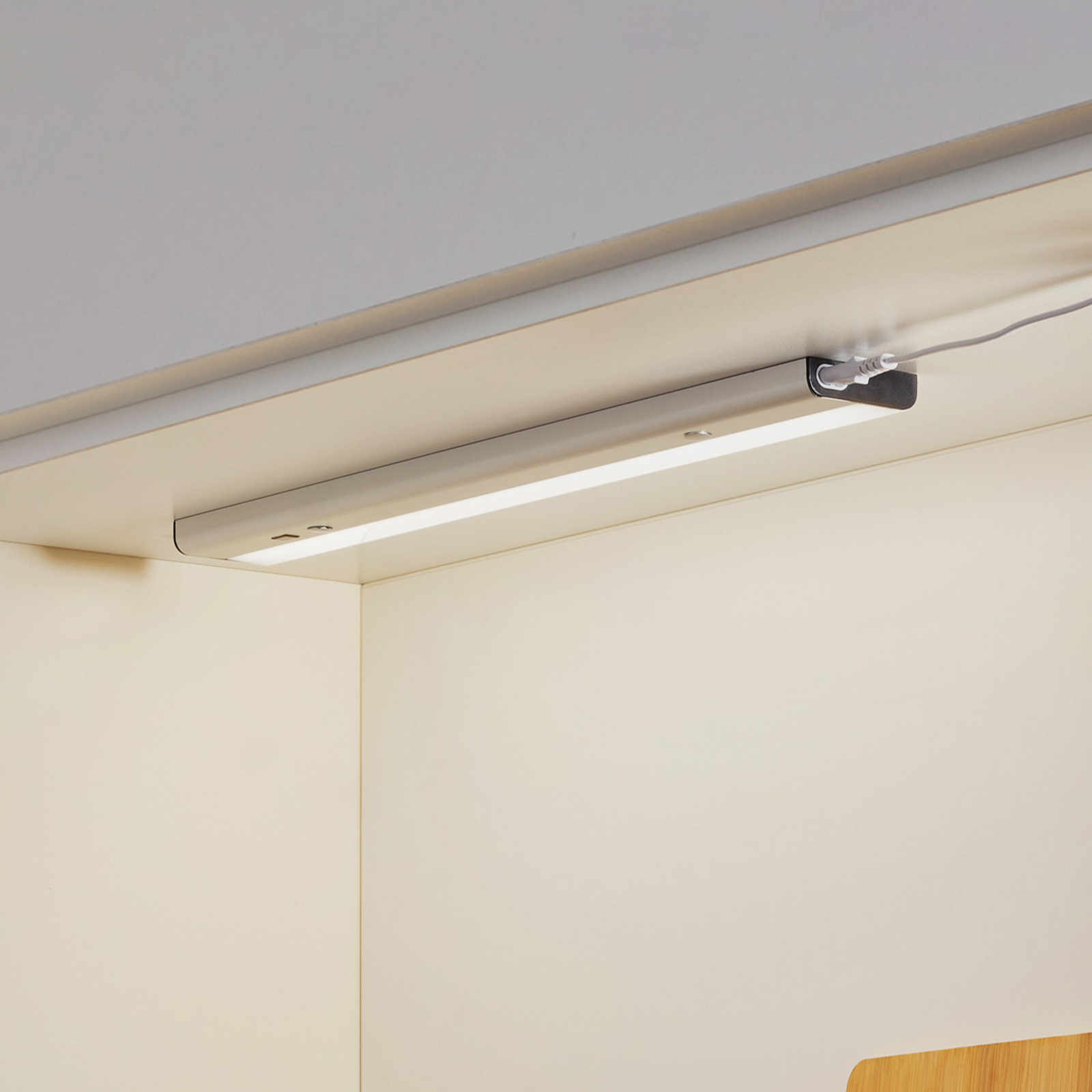

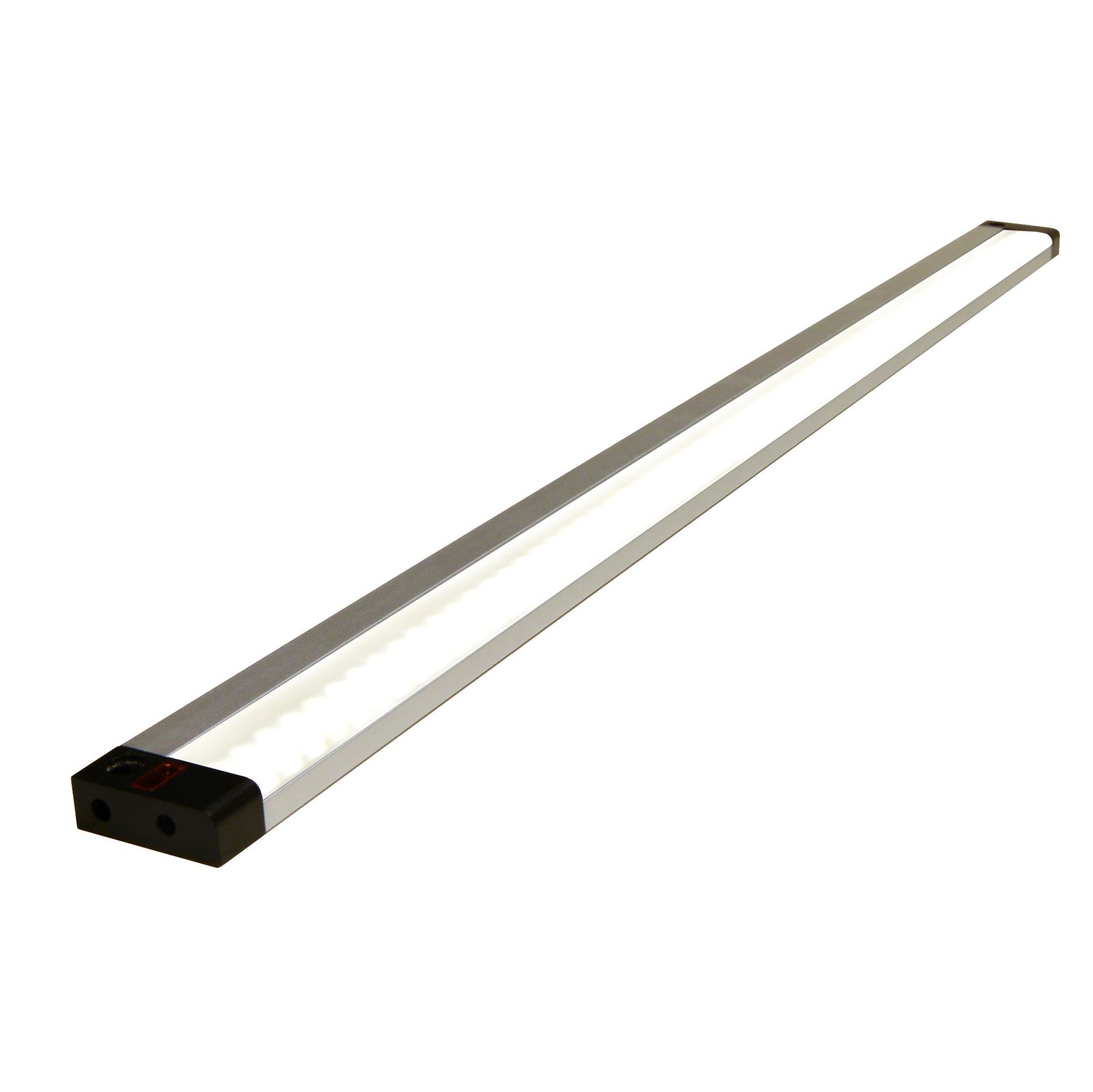
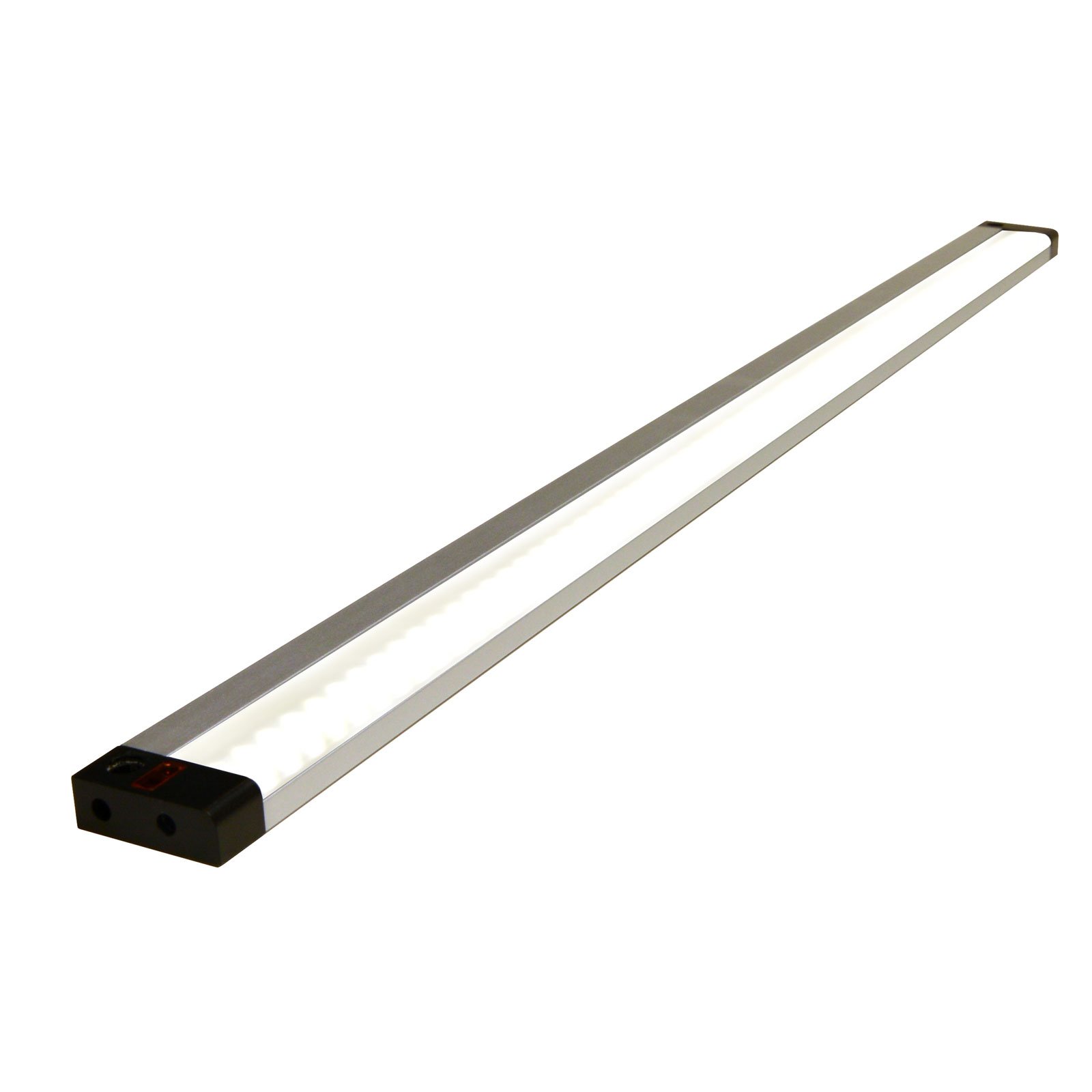
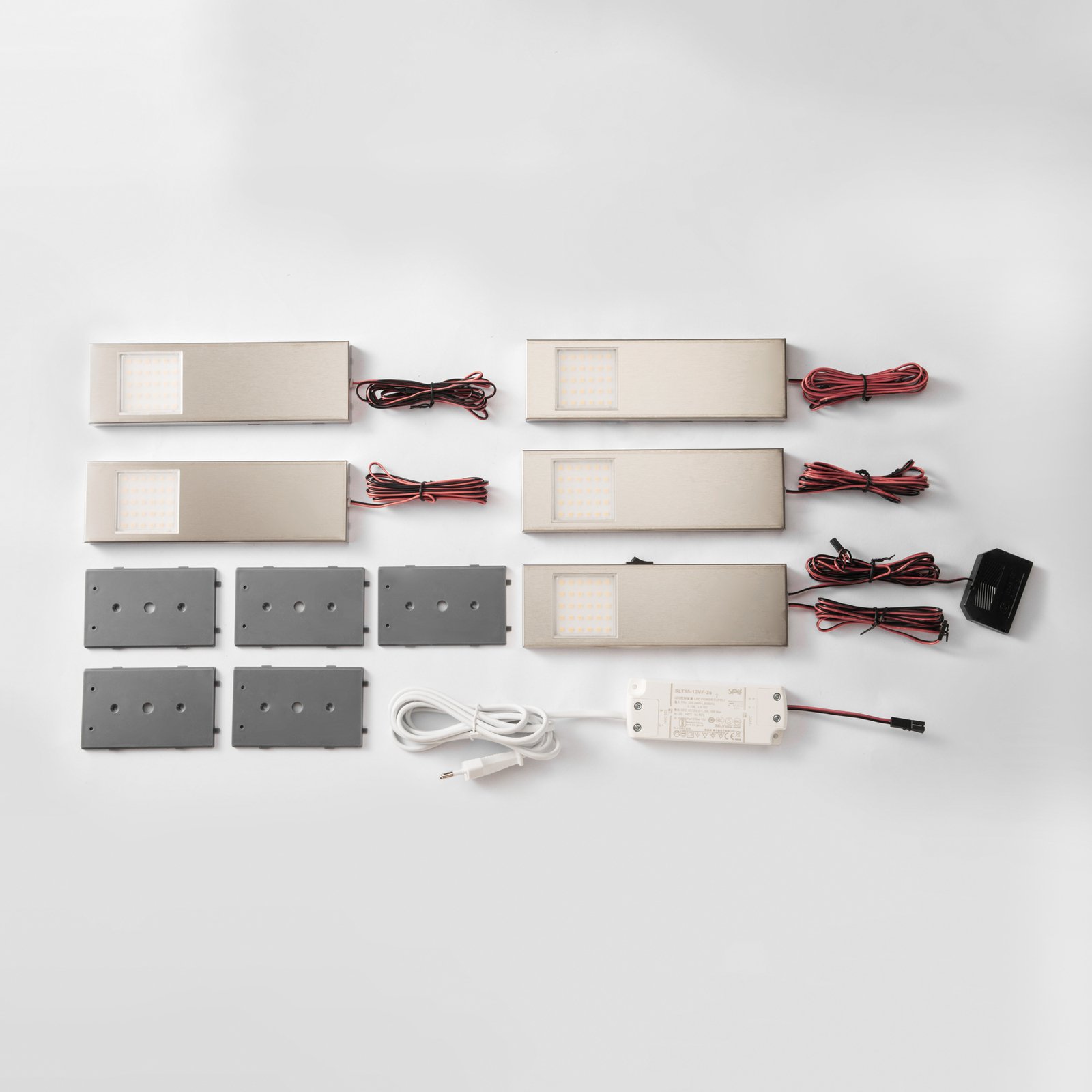
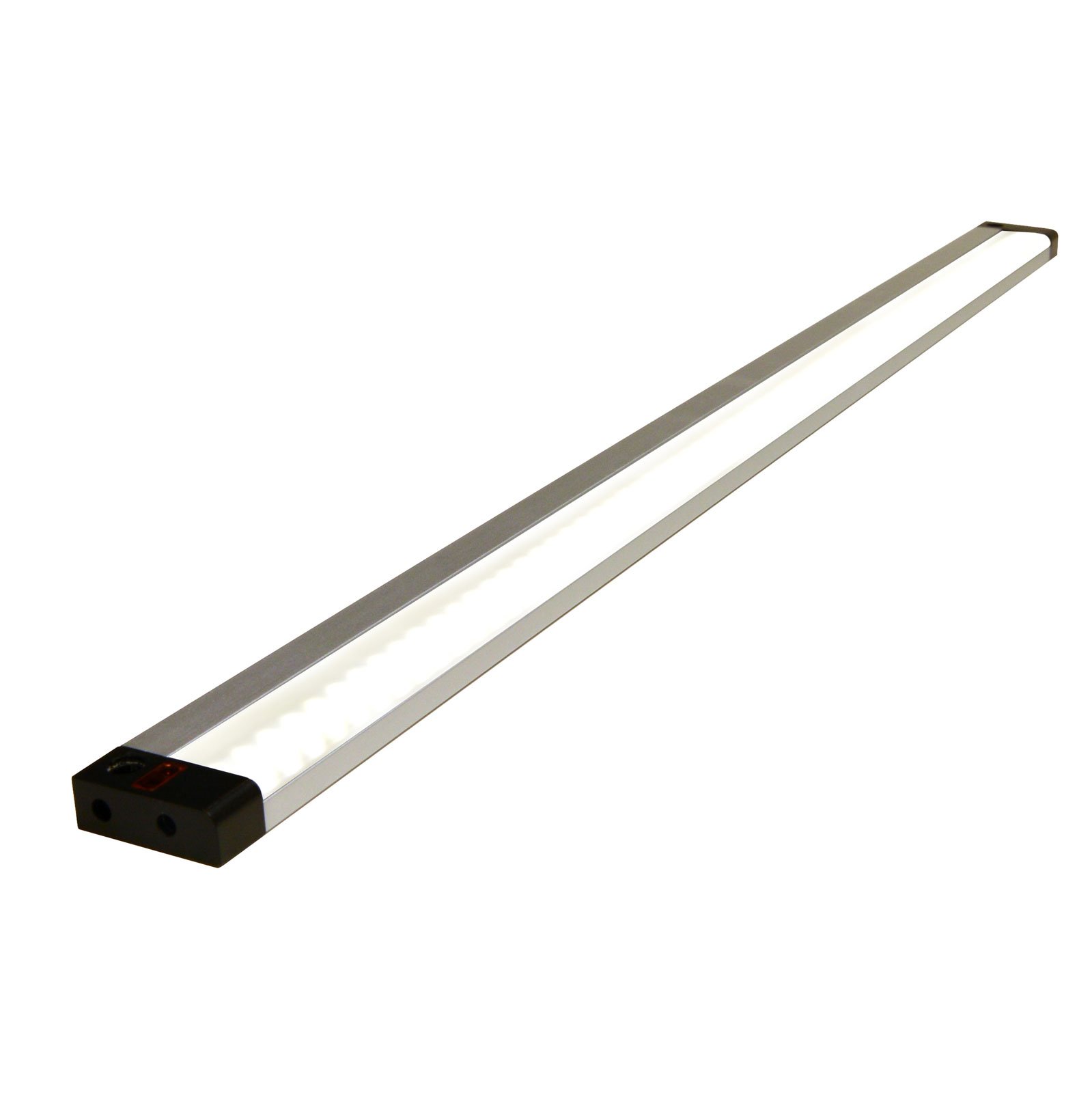
:format(jpeg))
